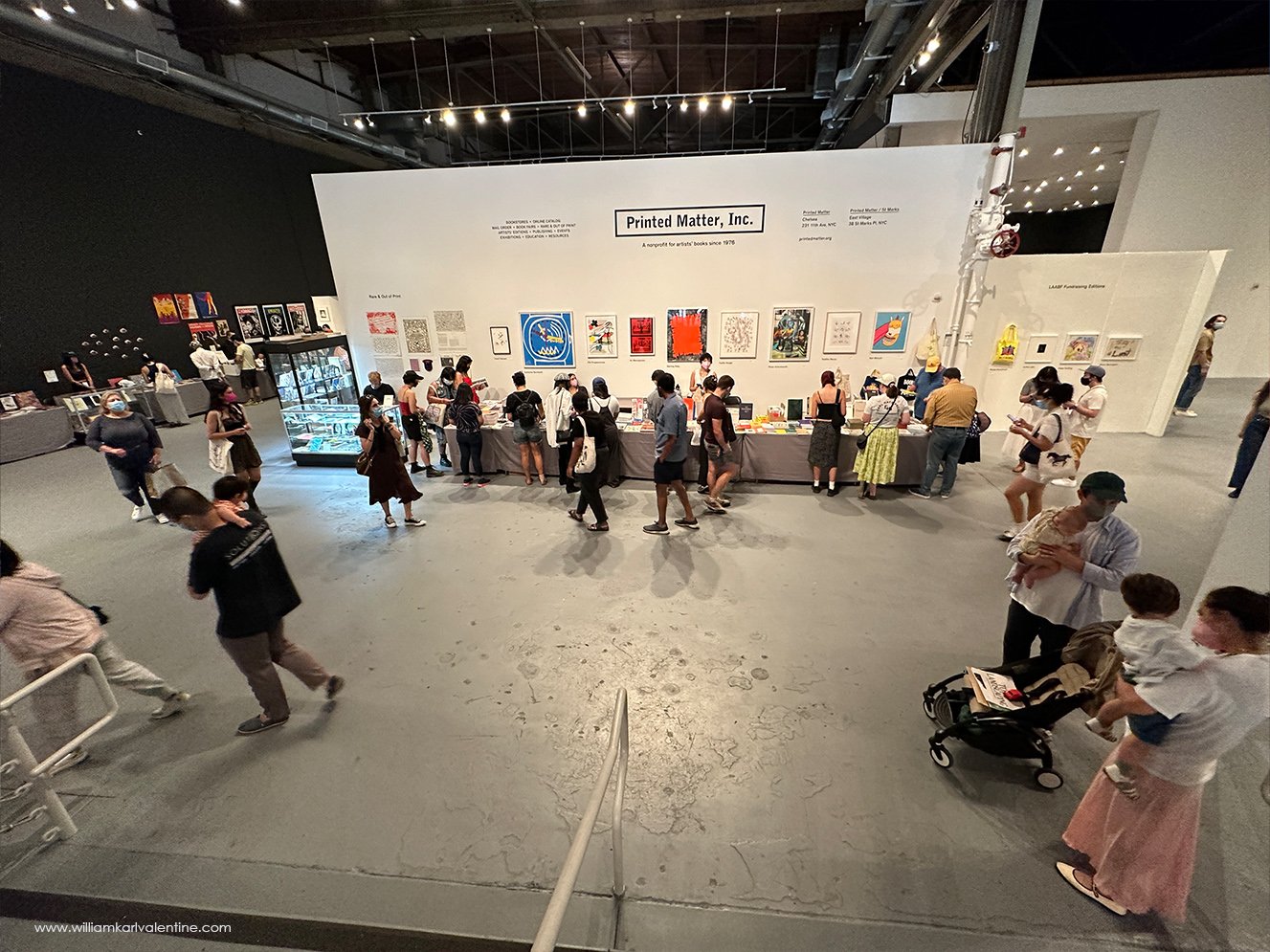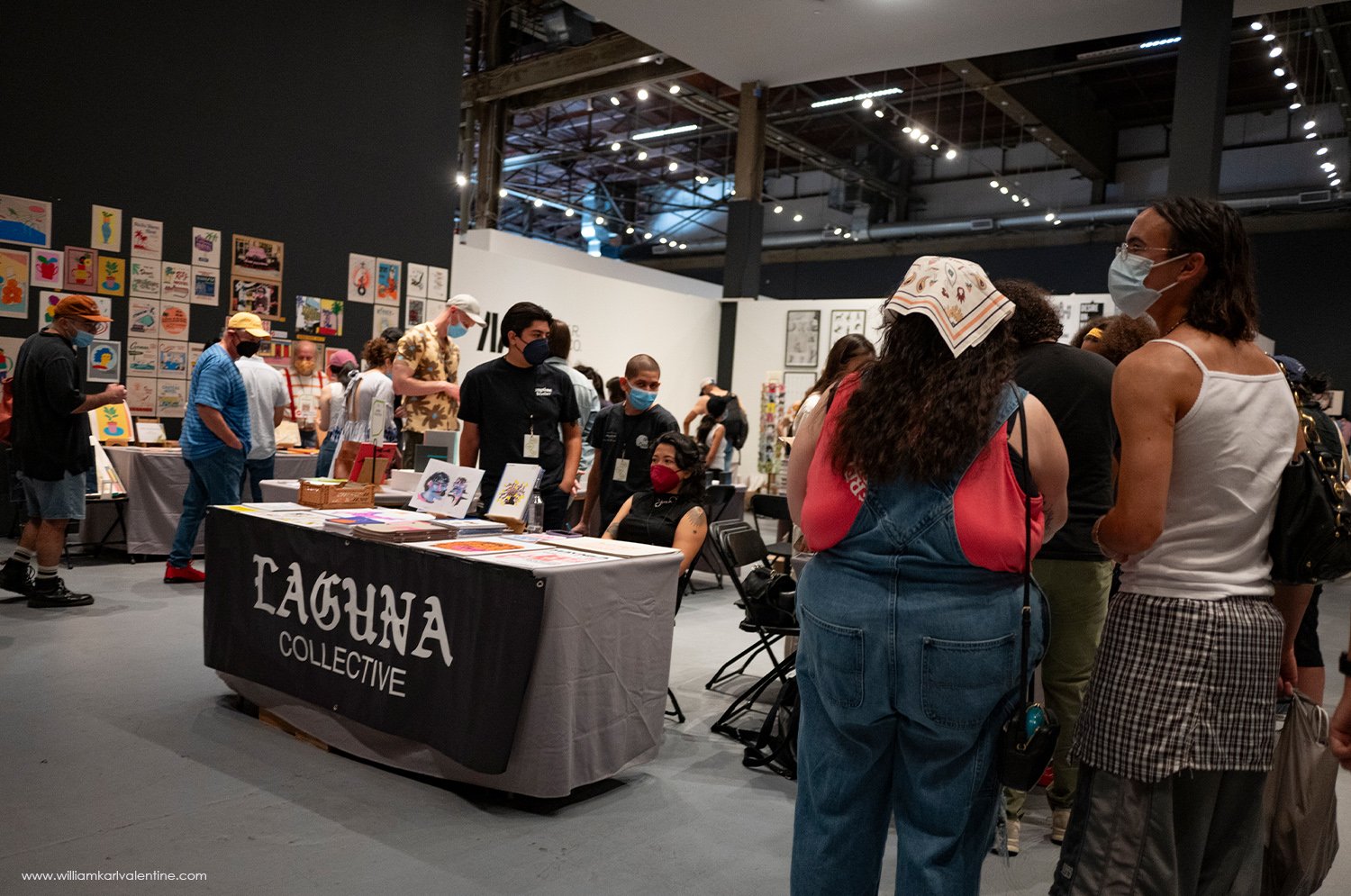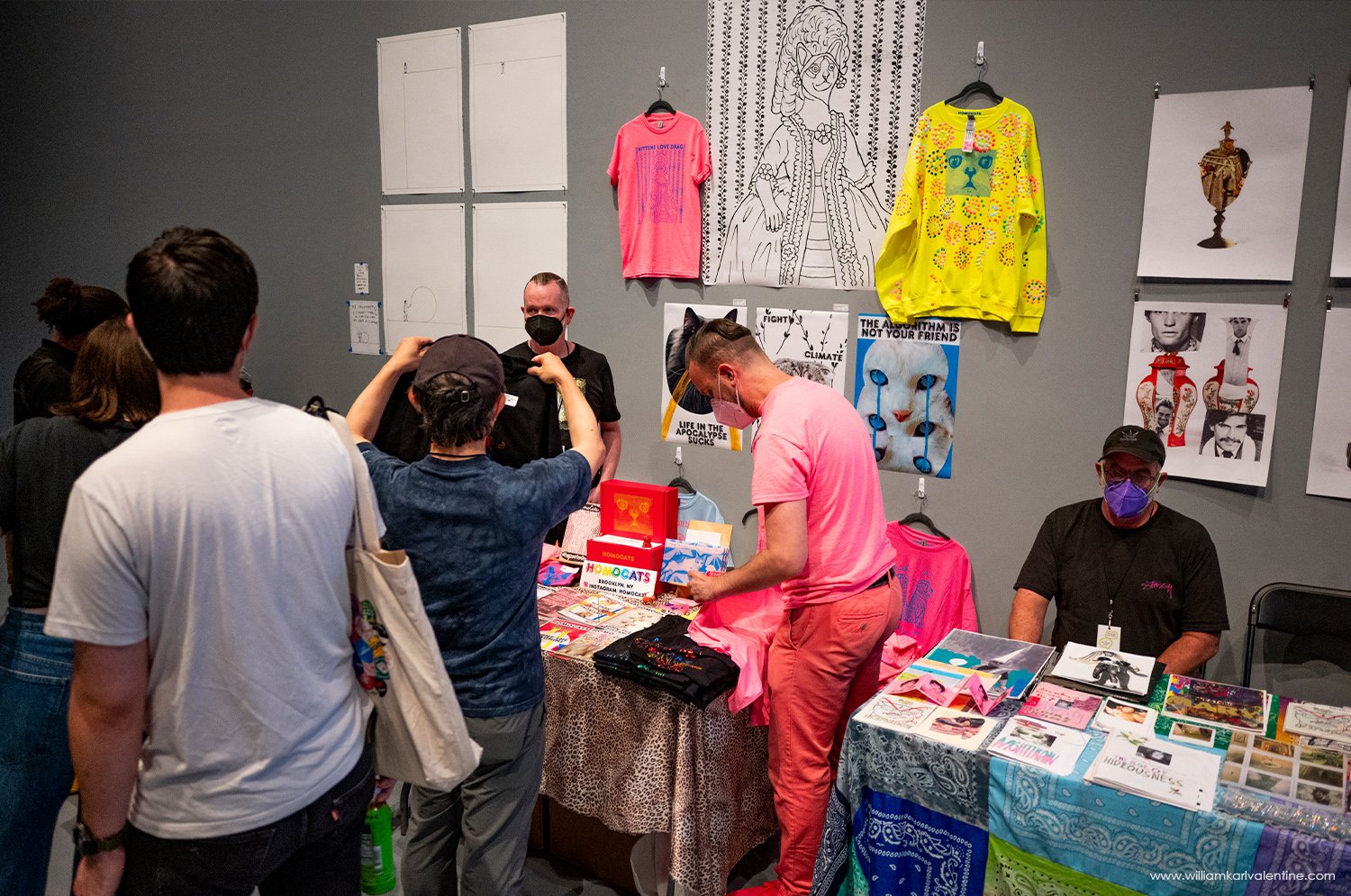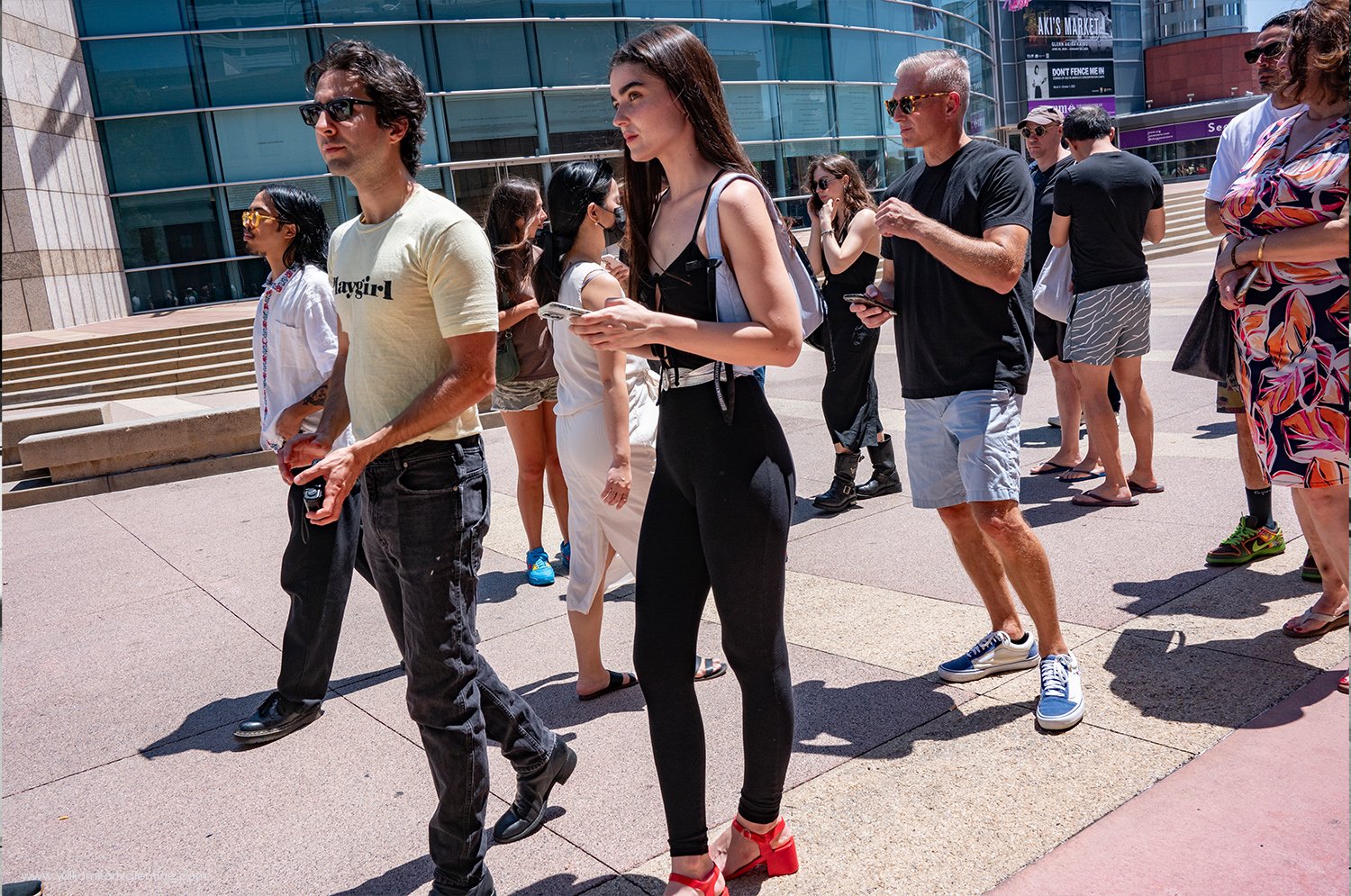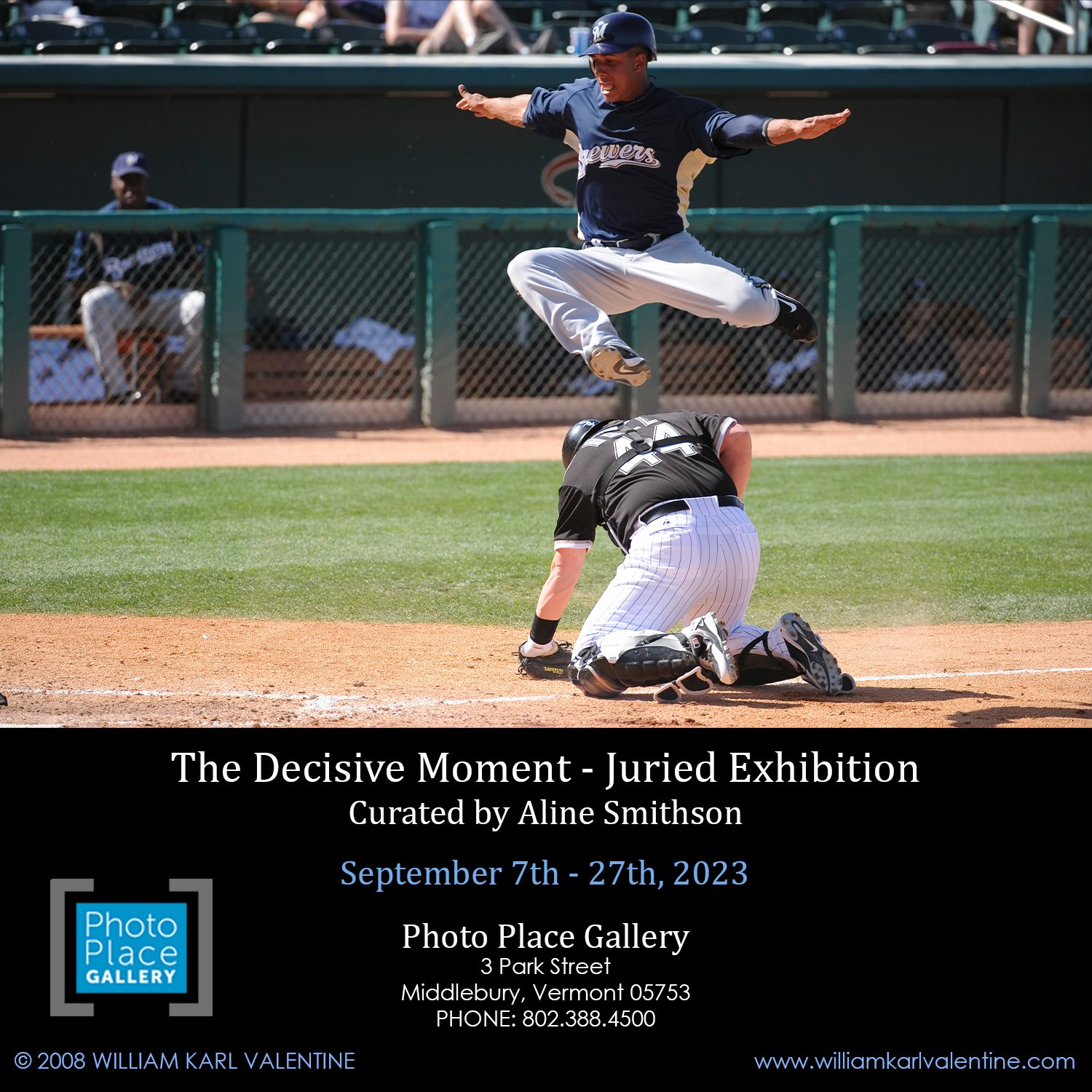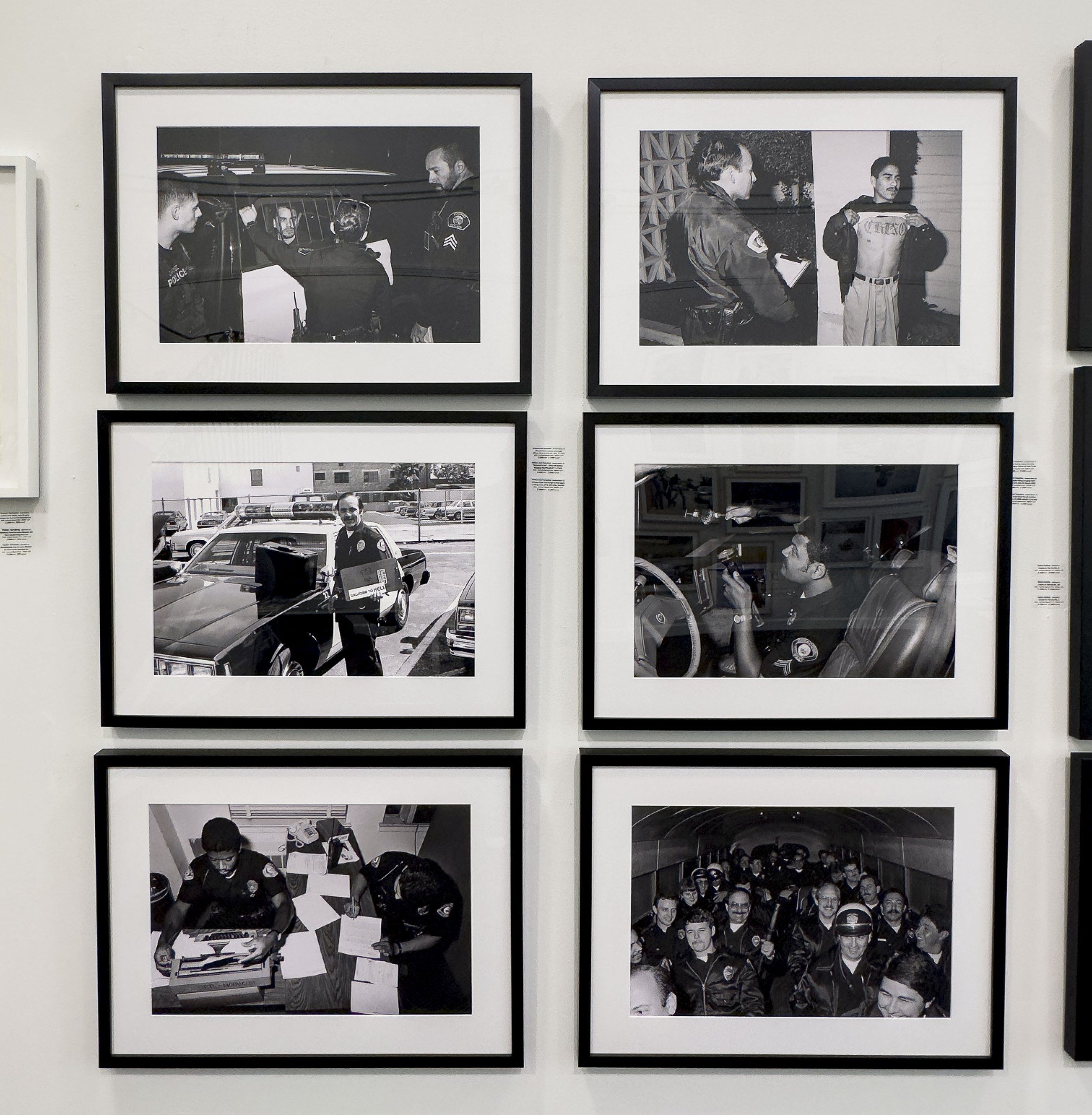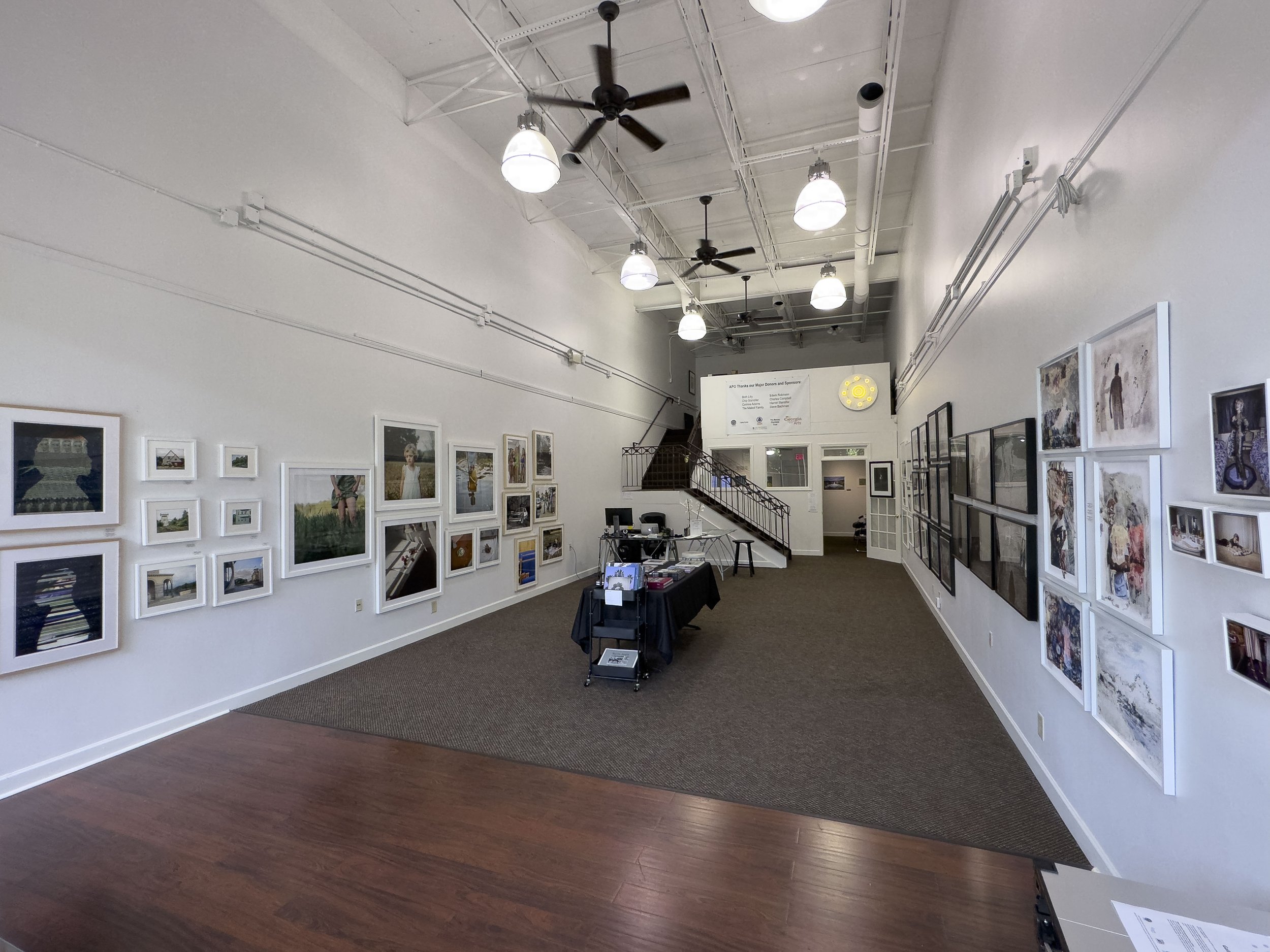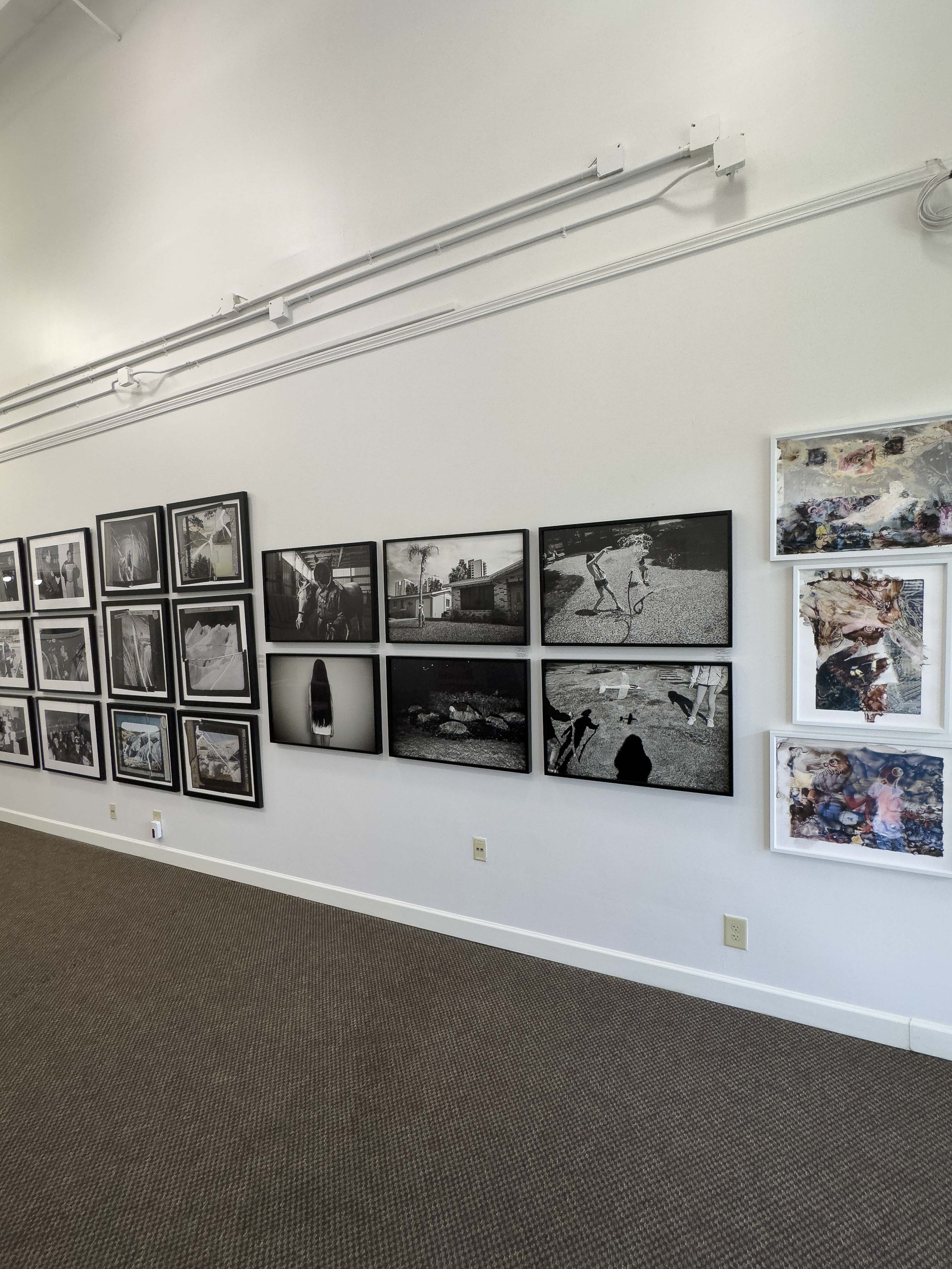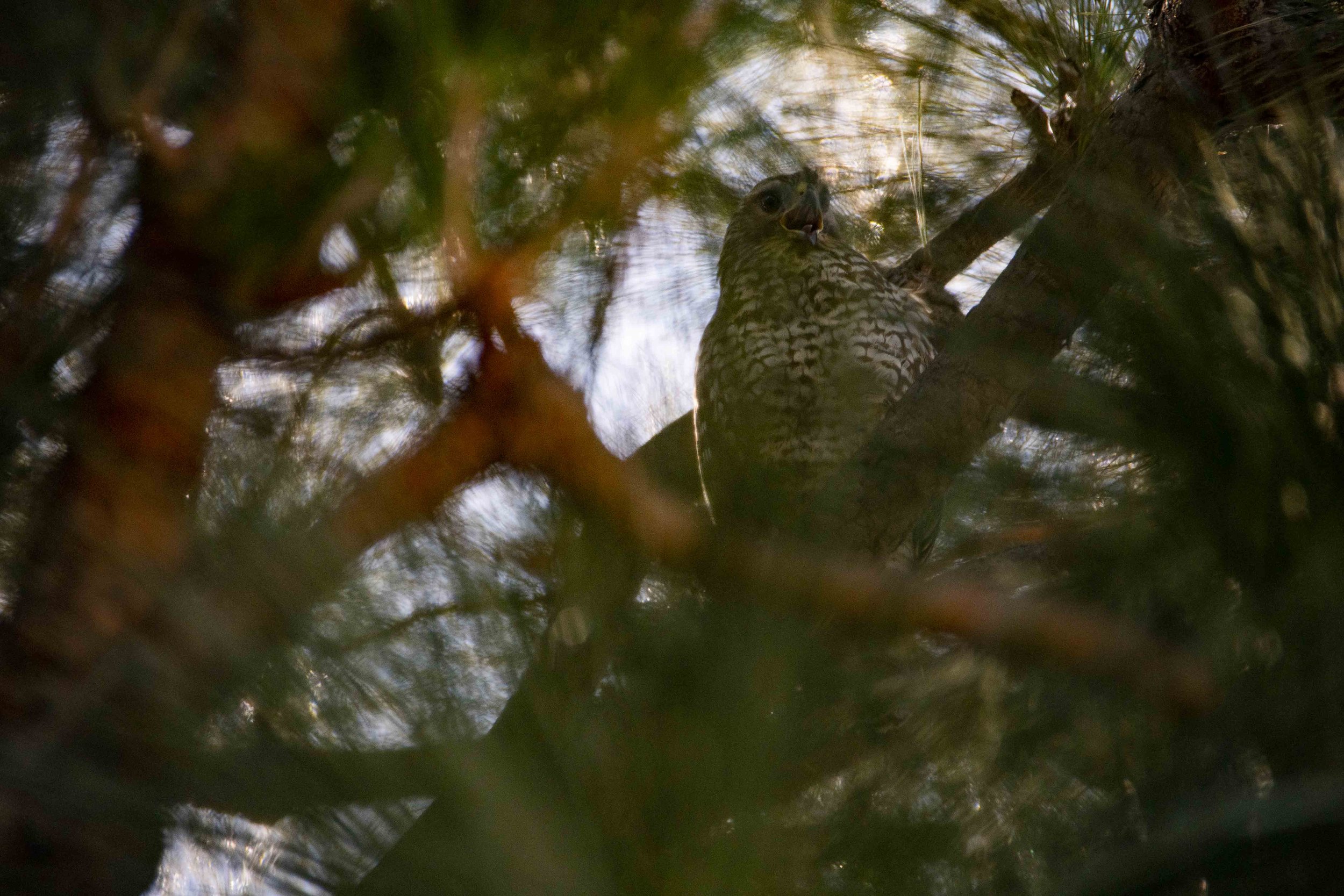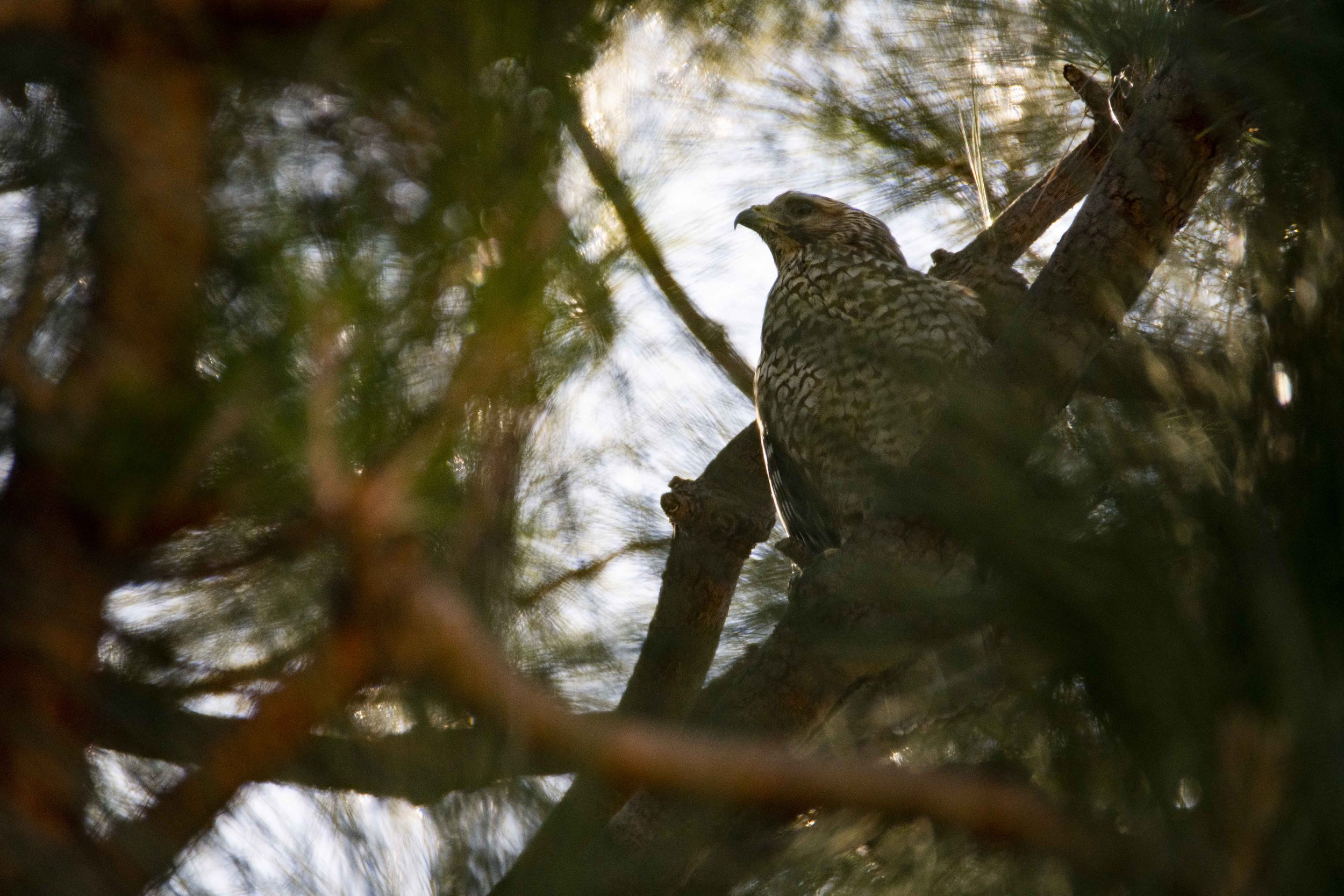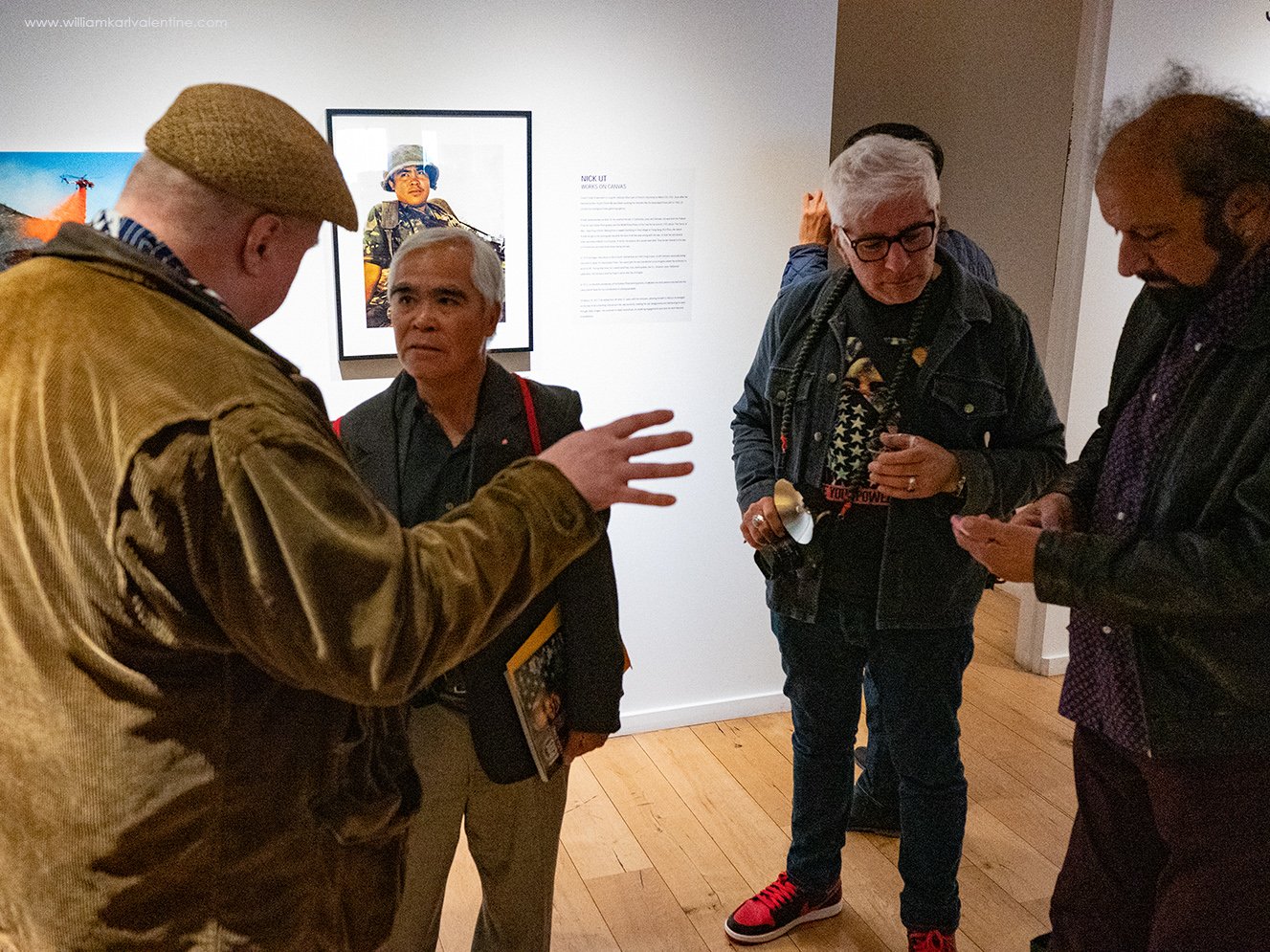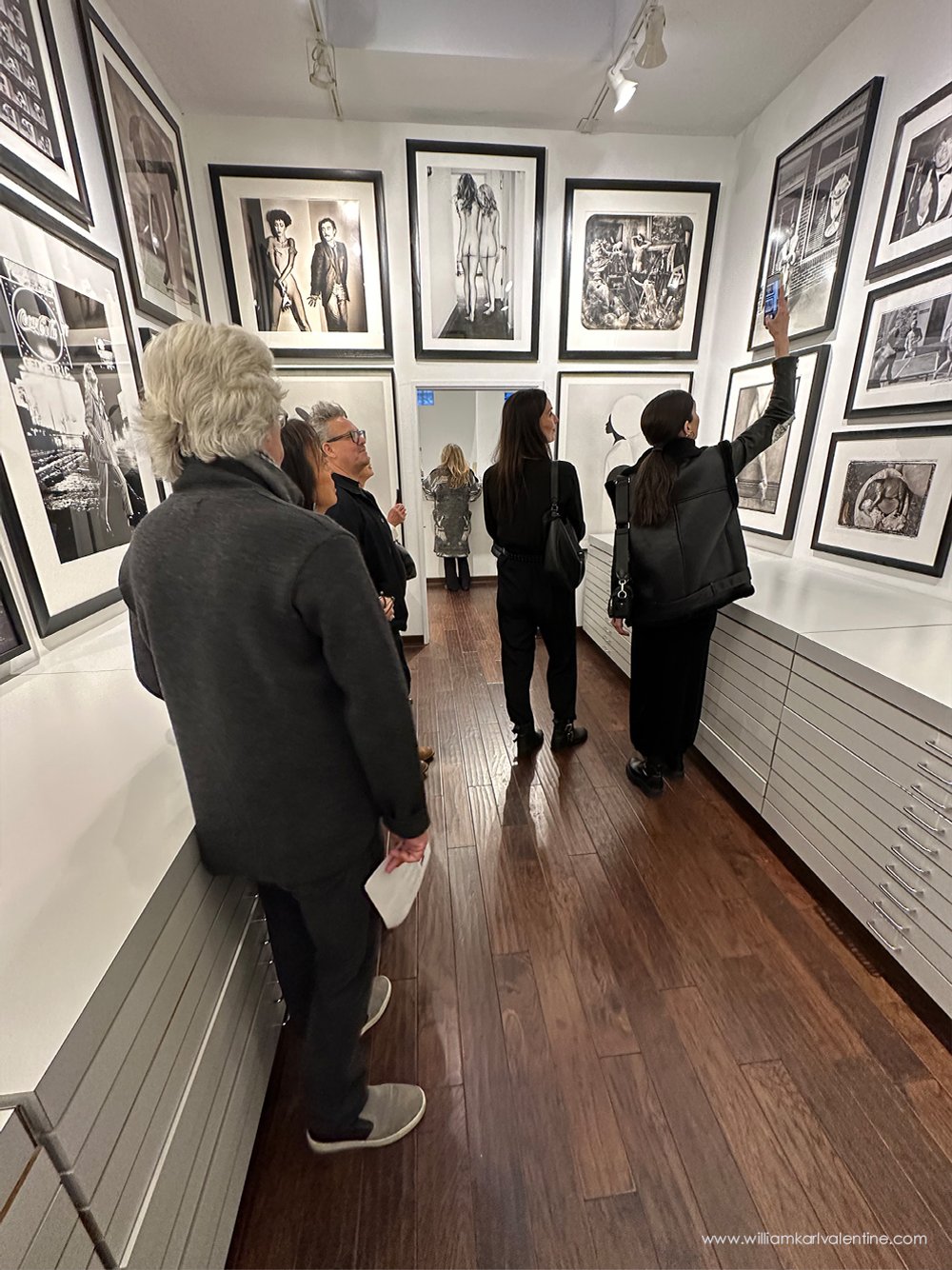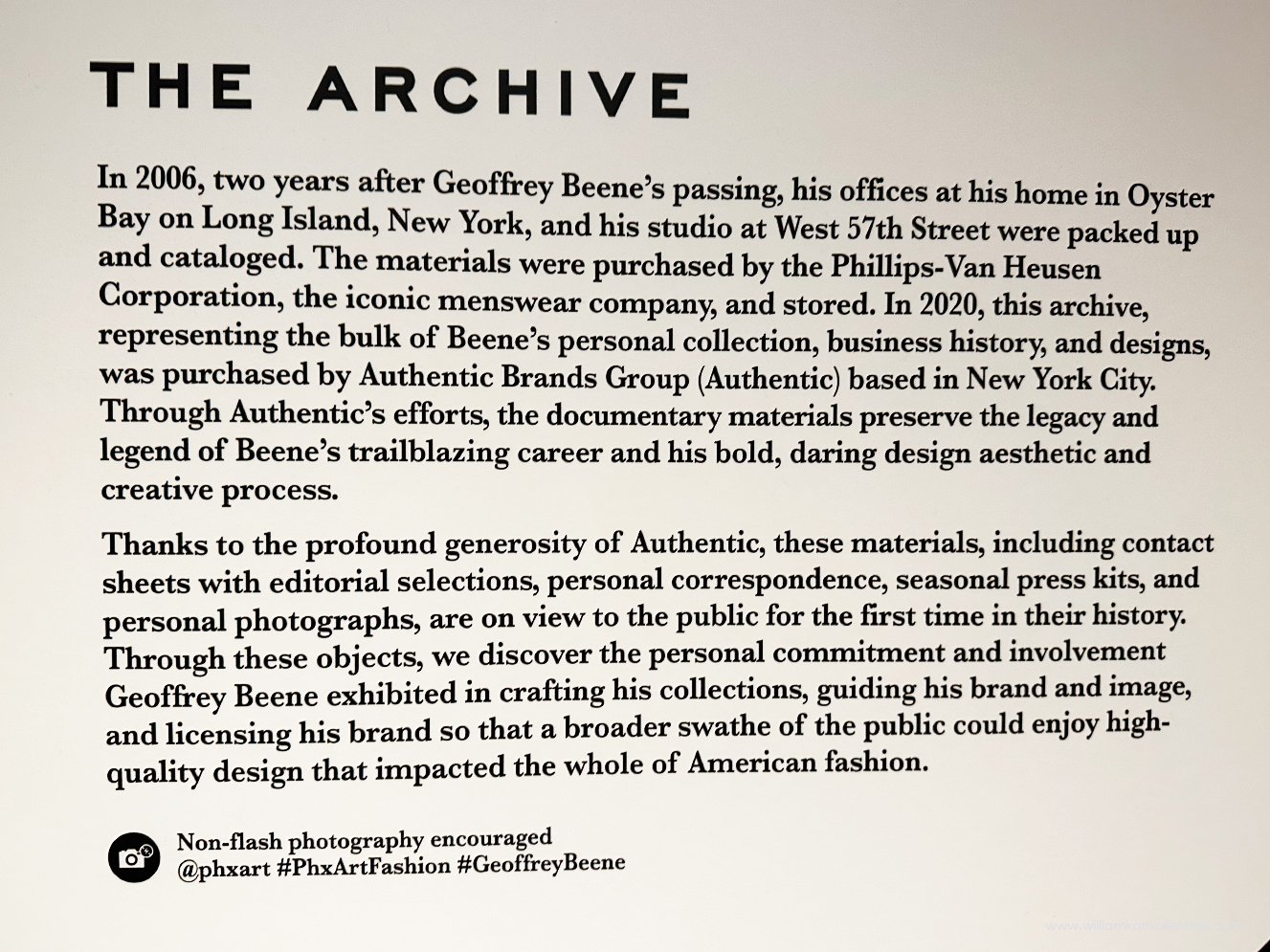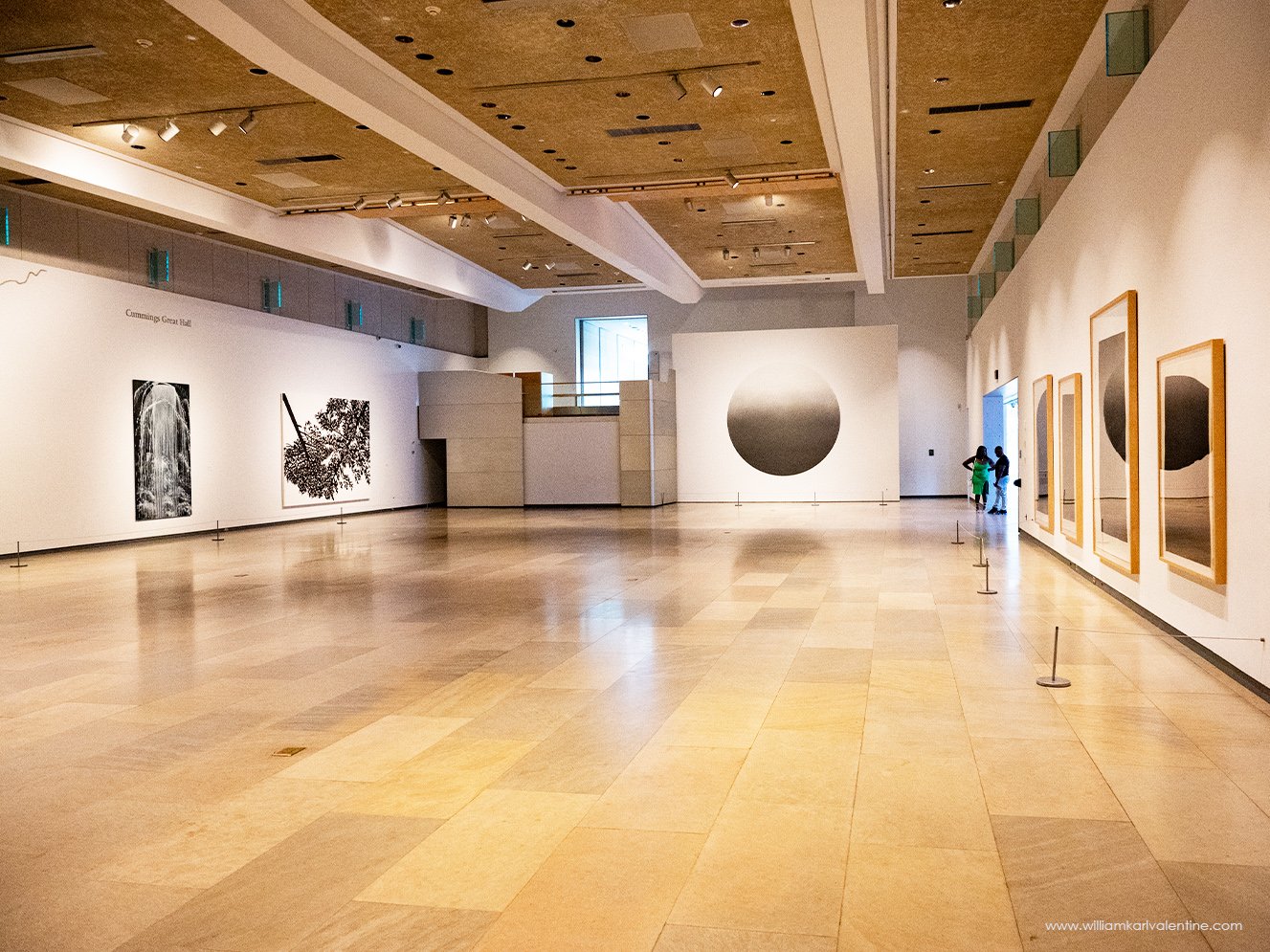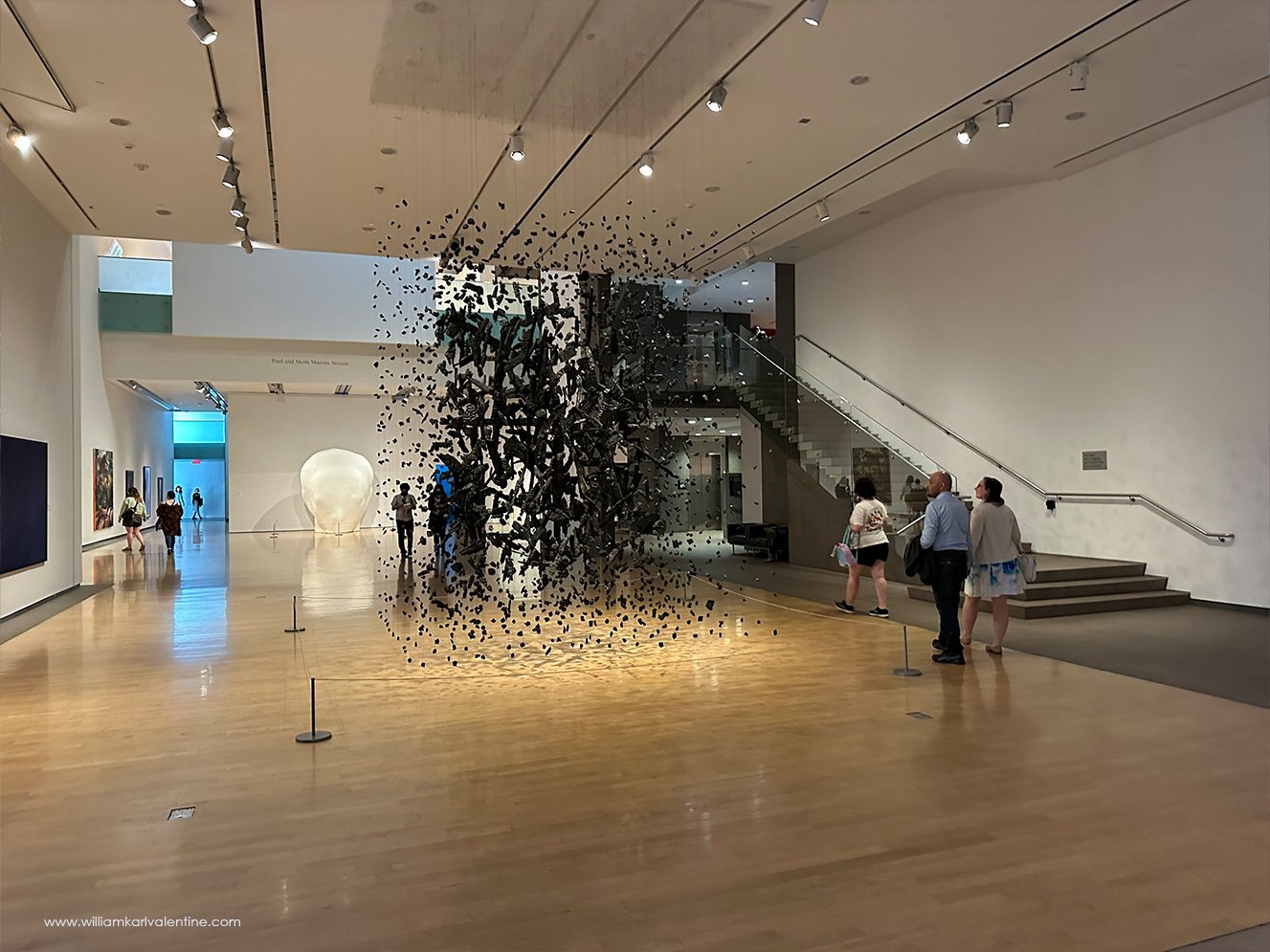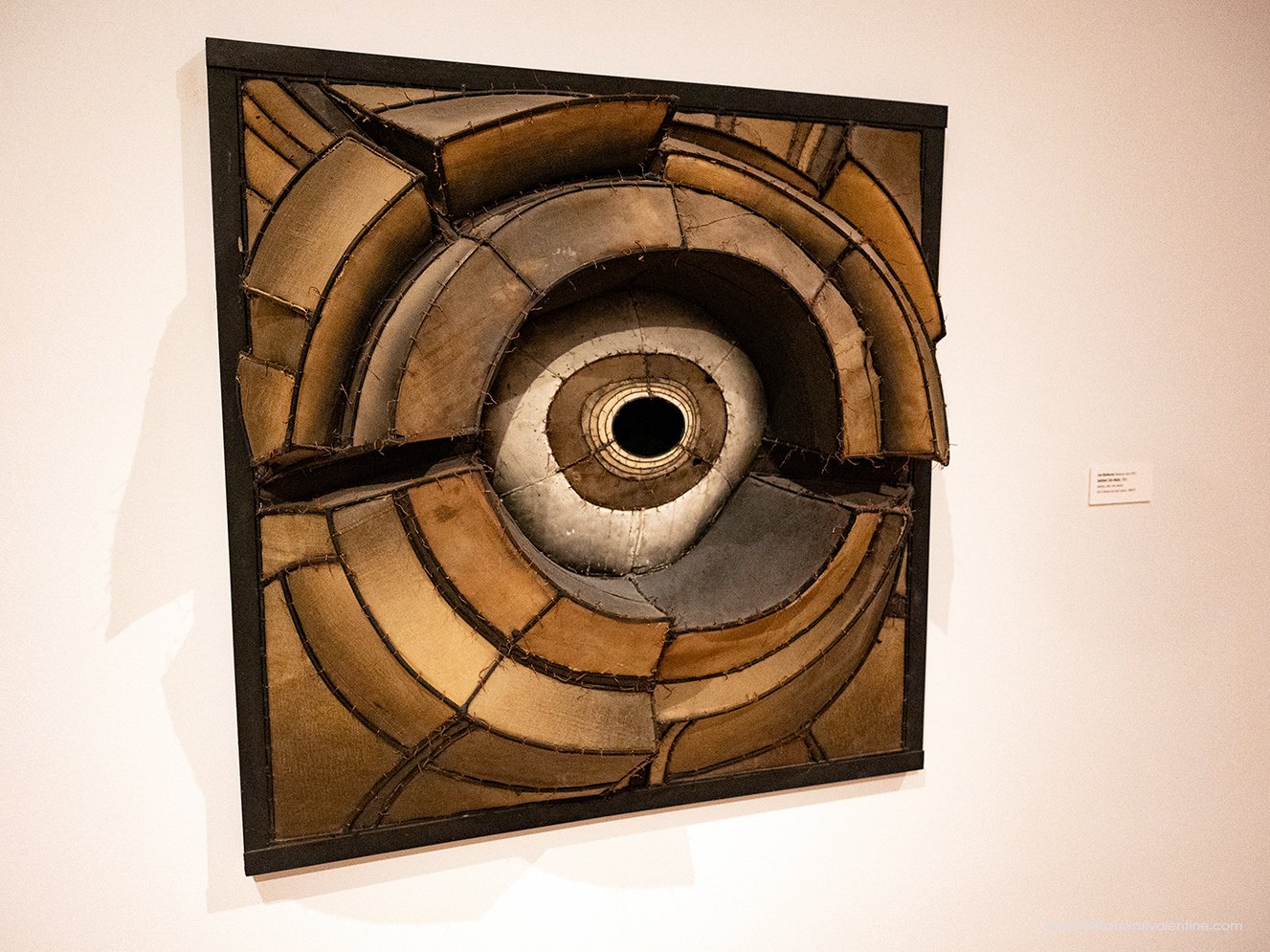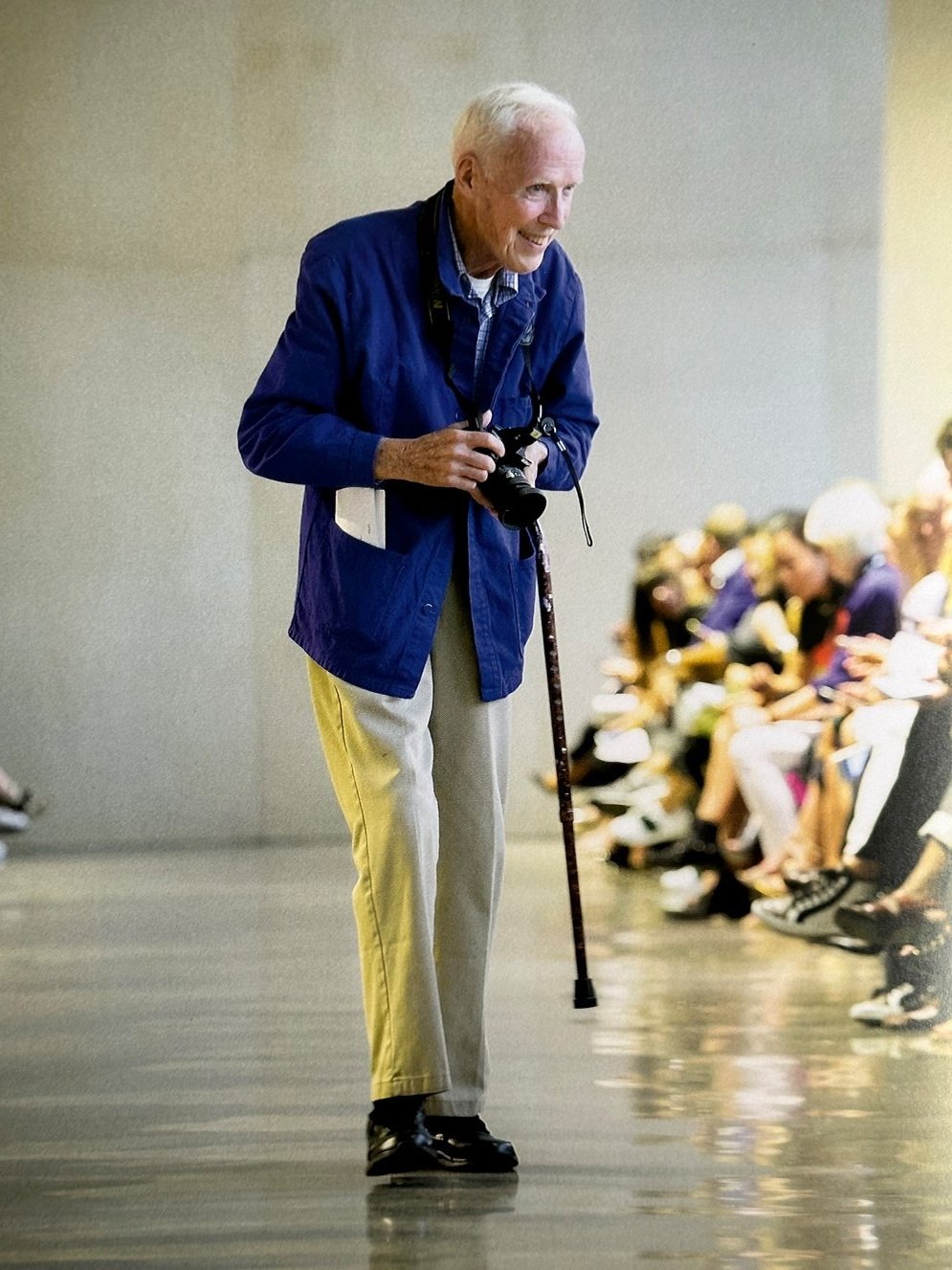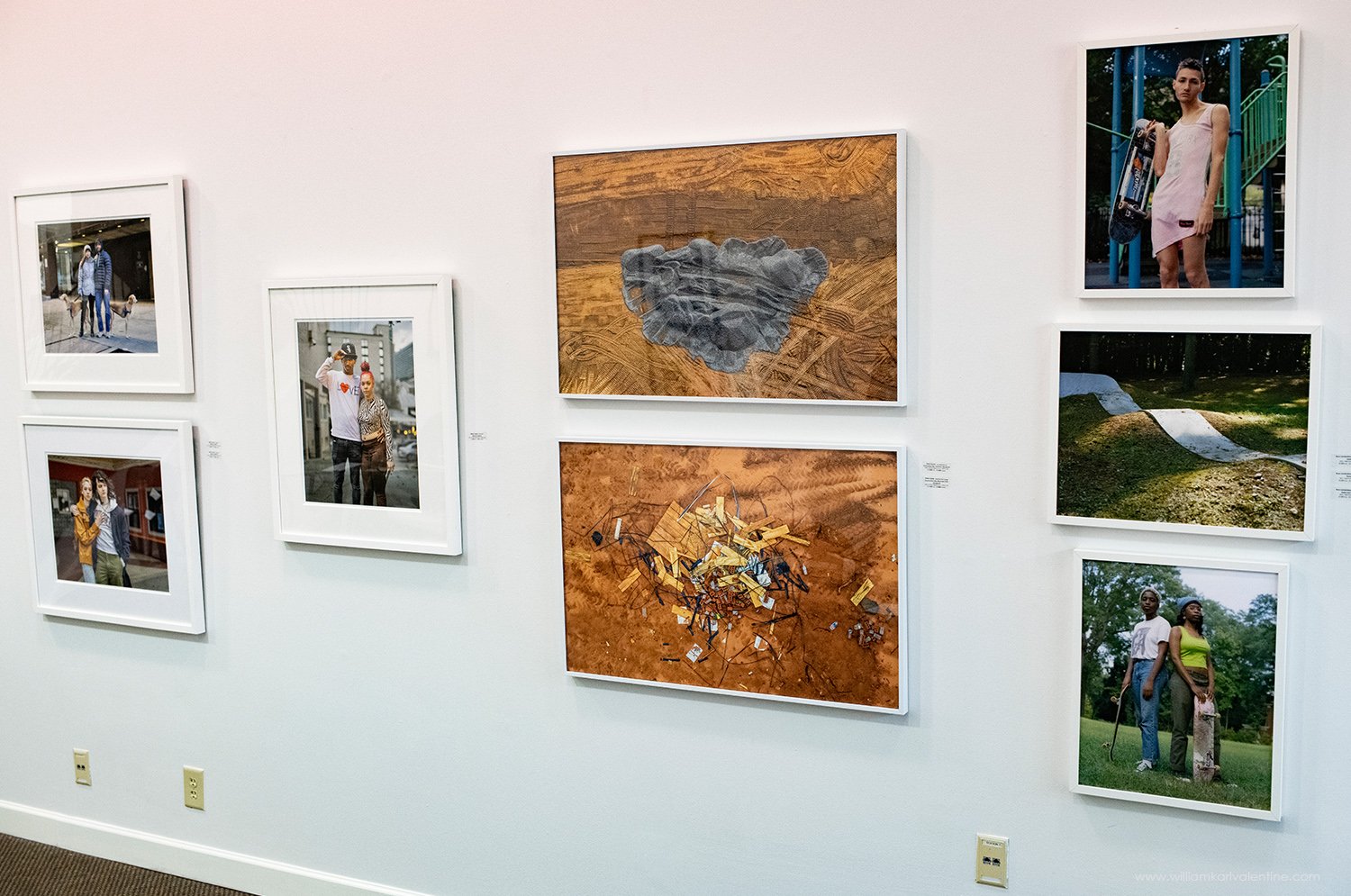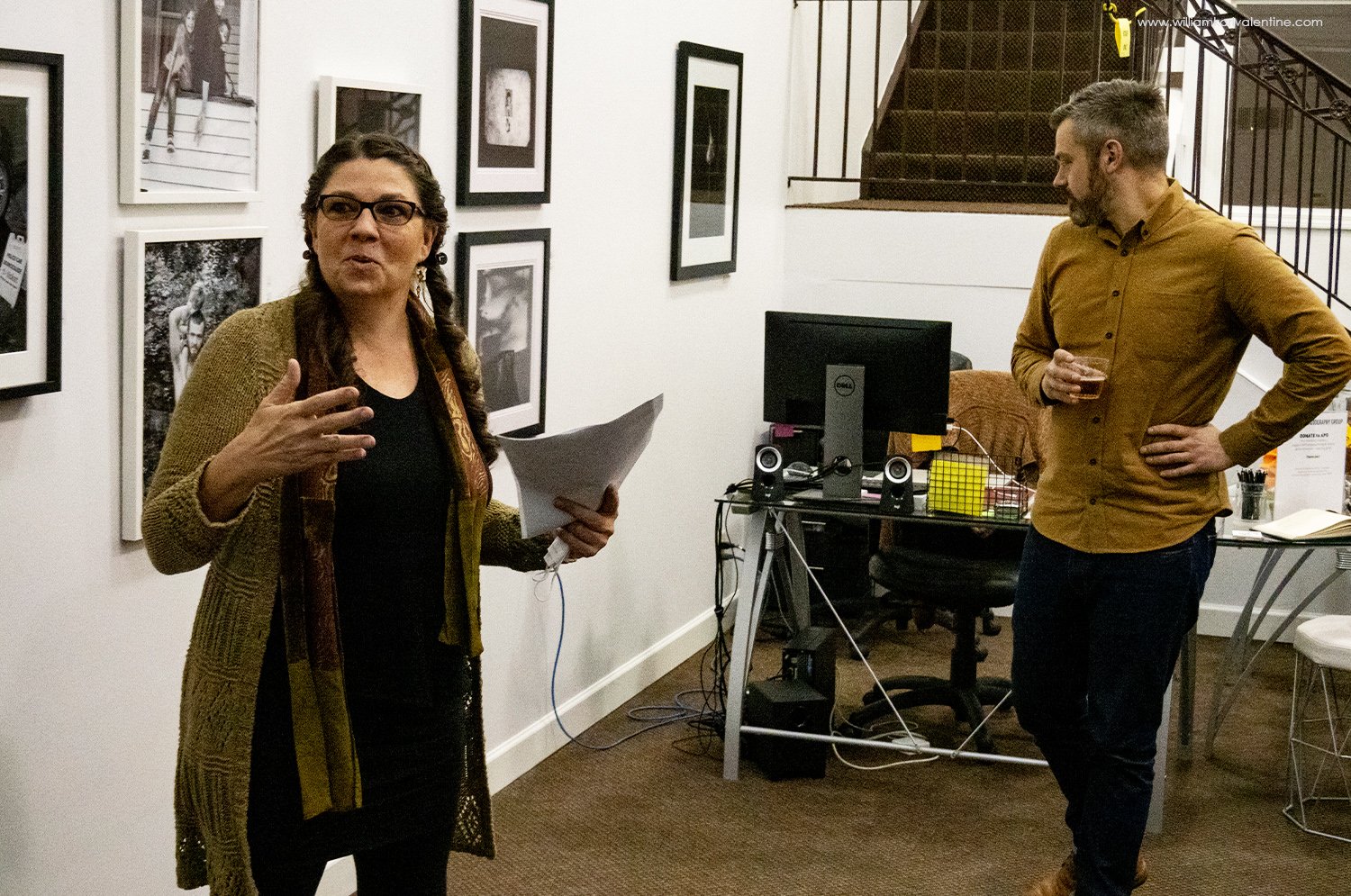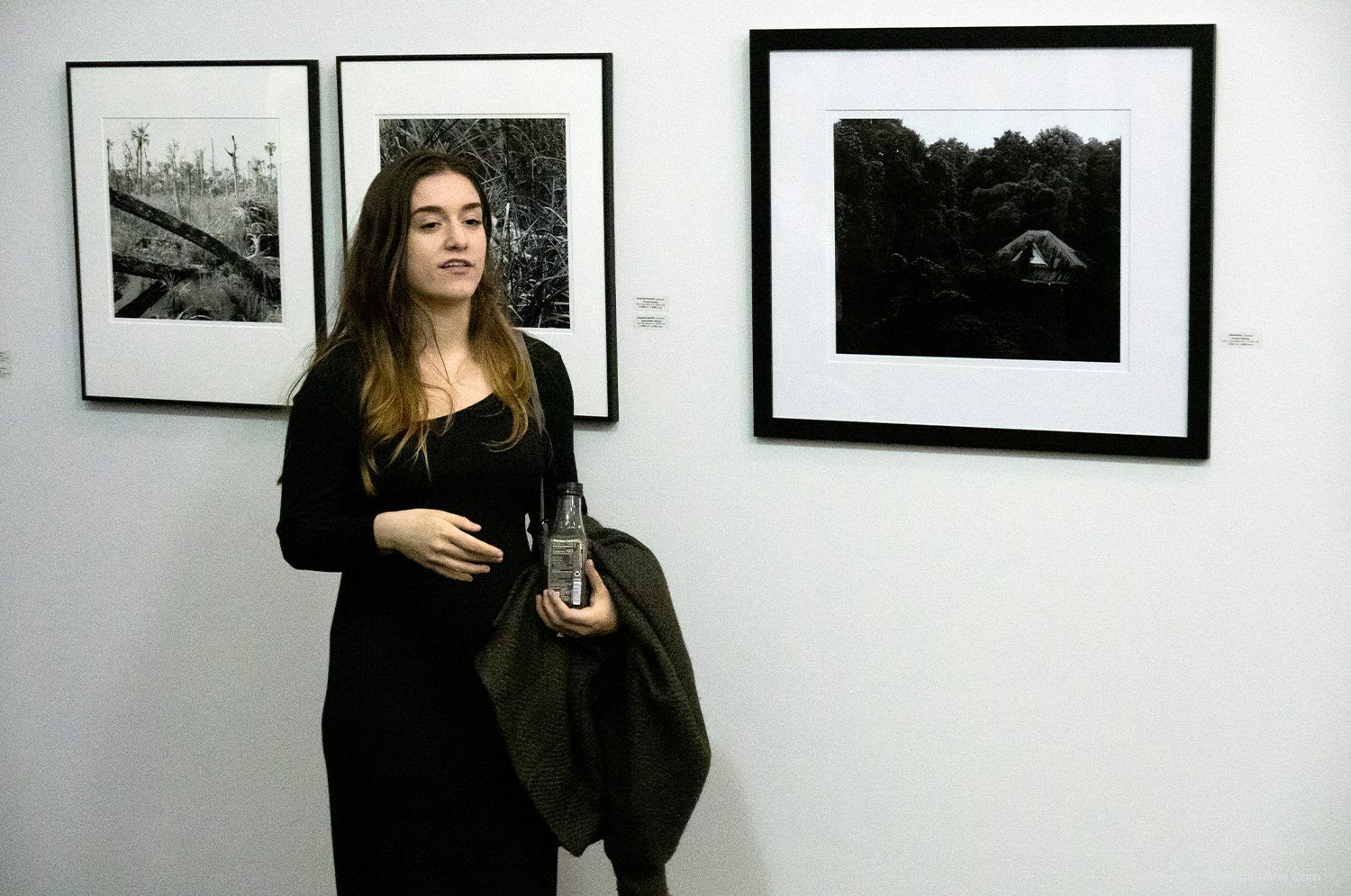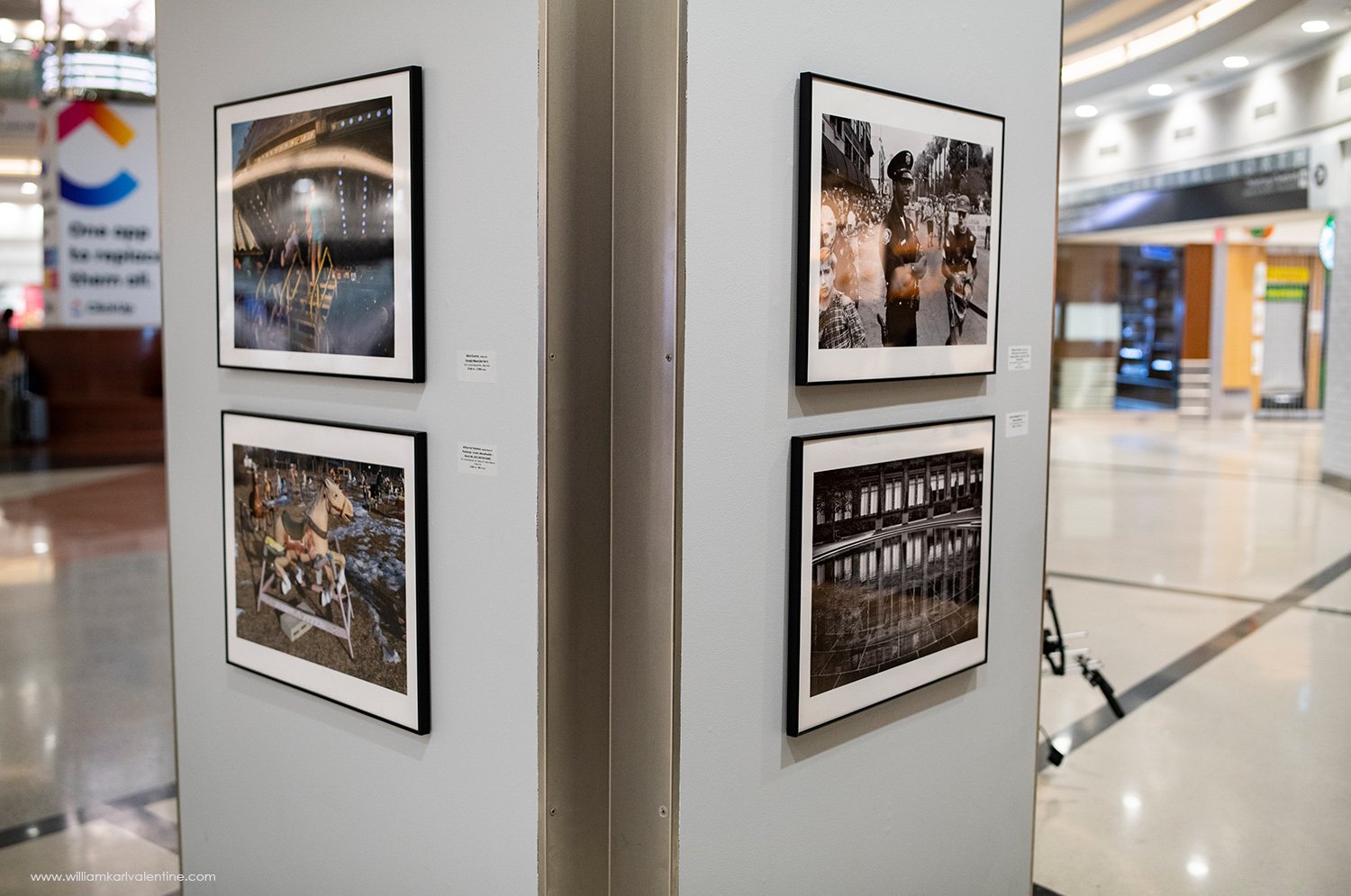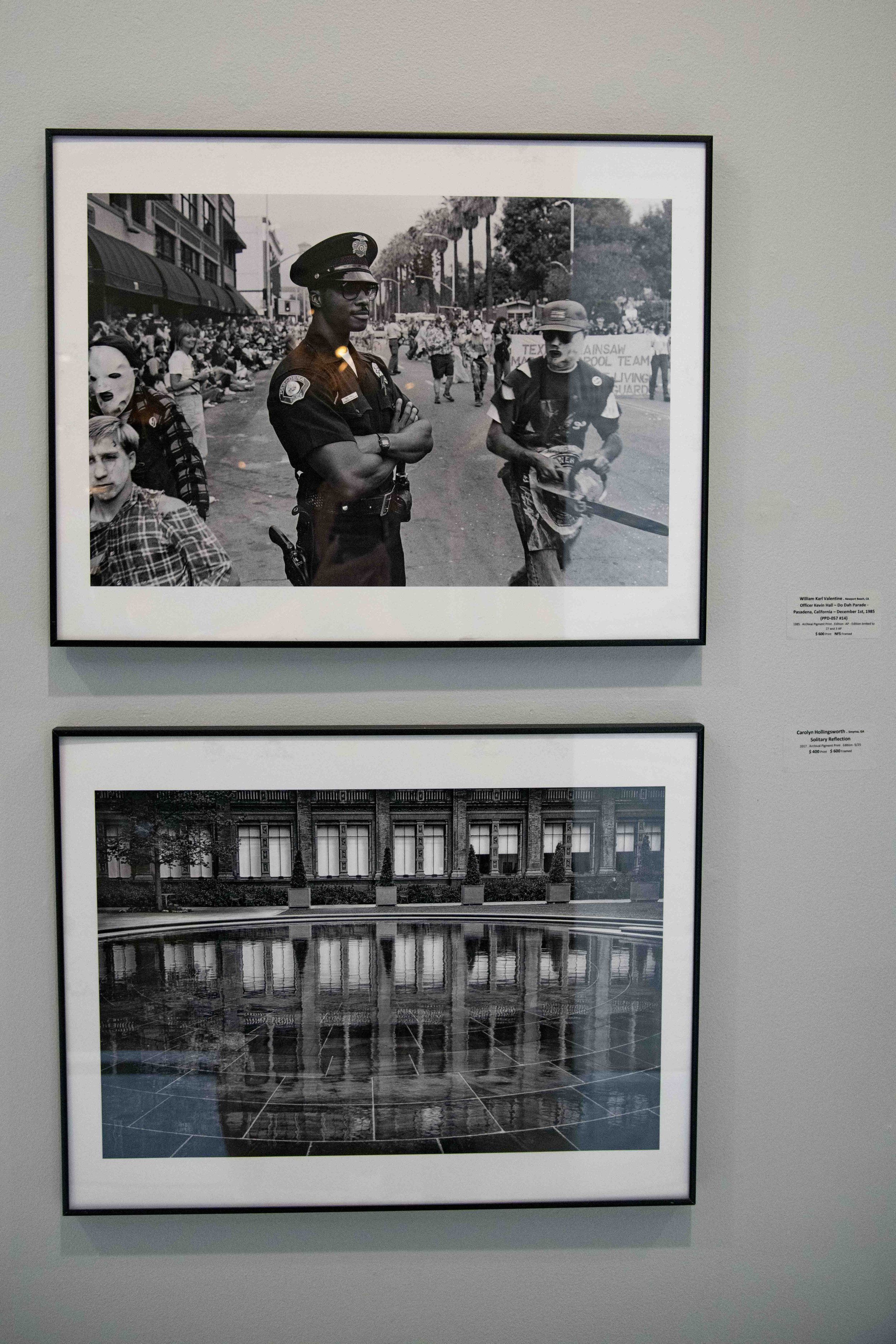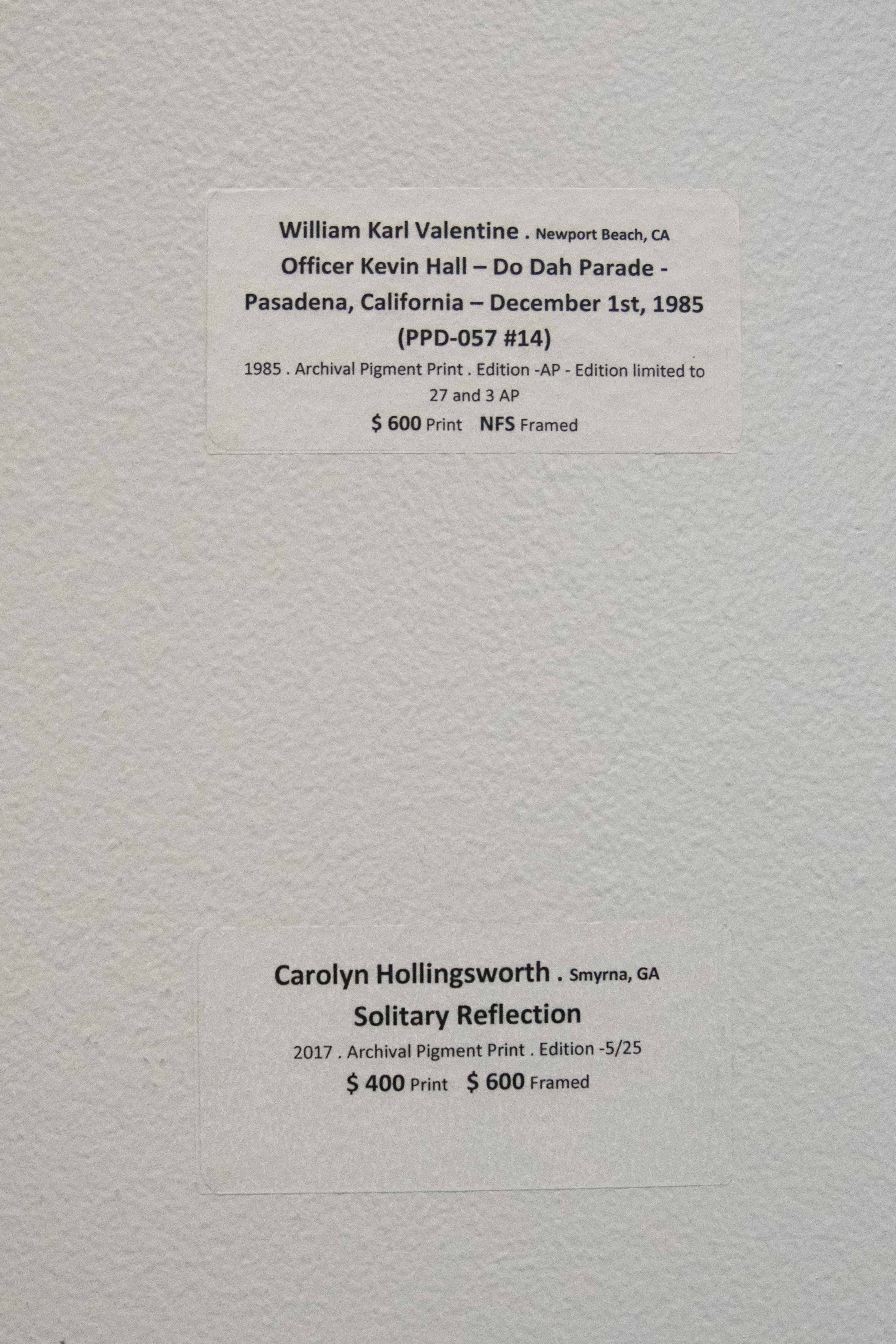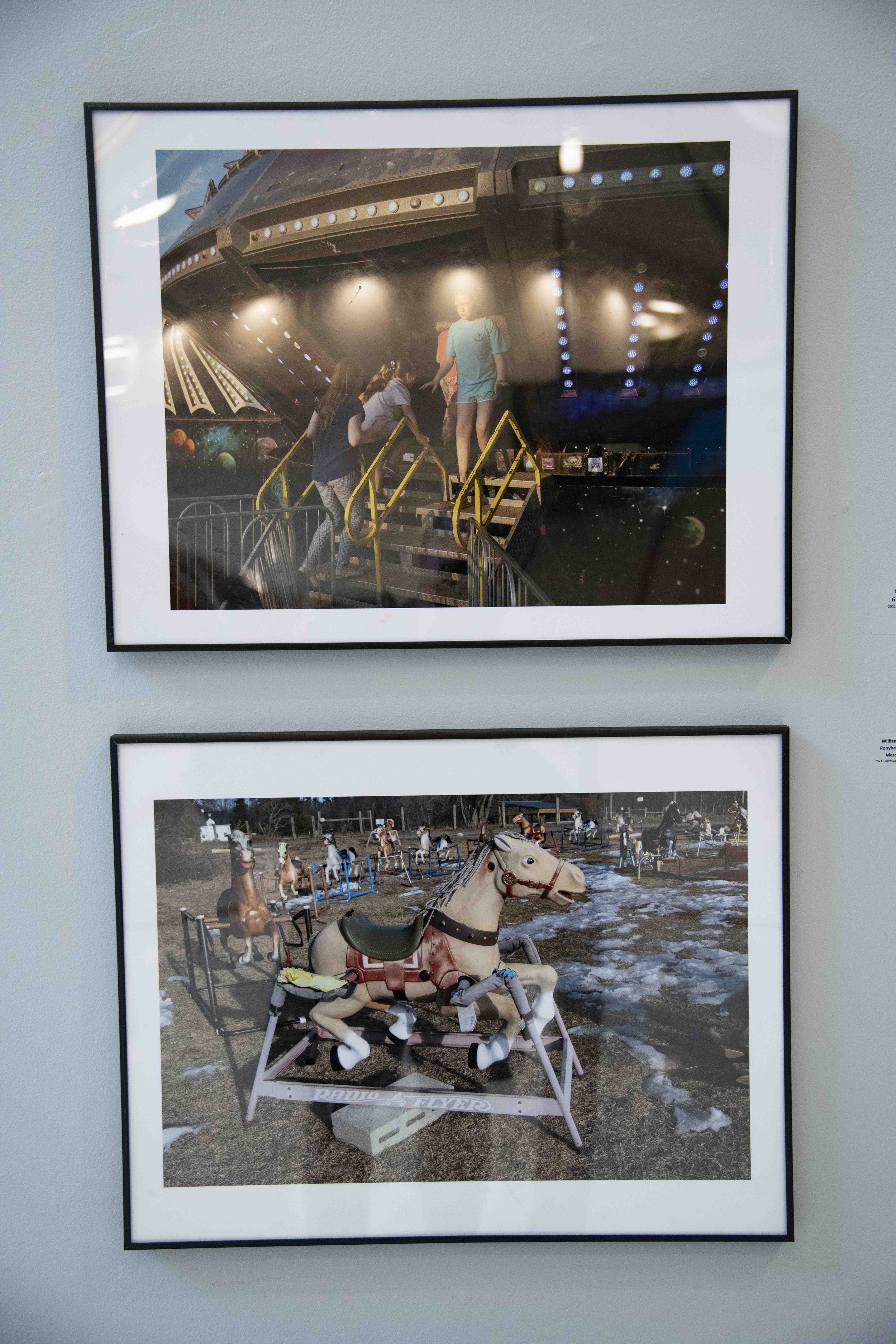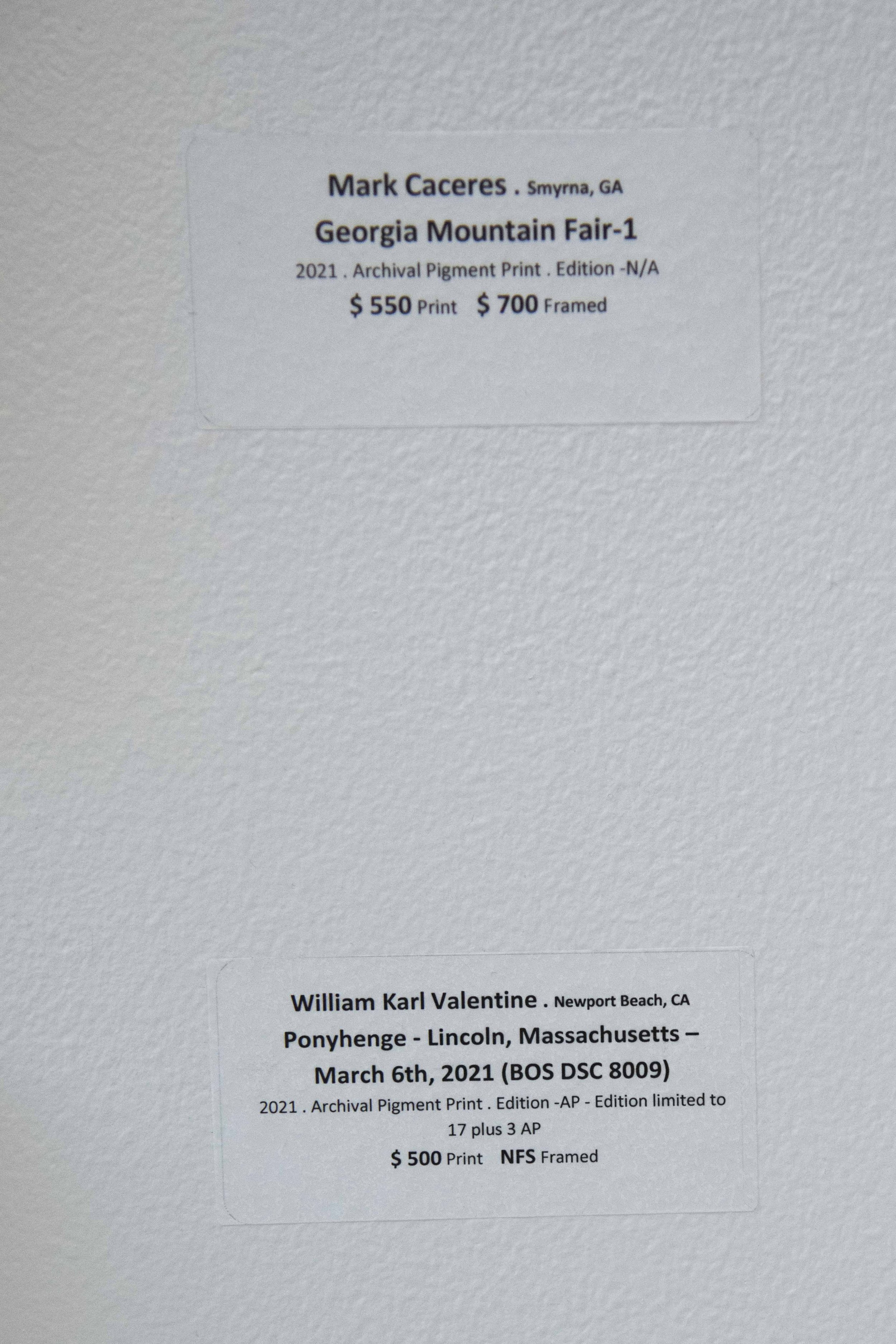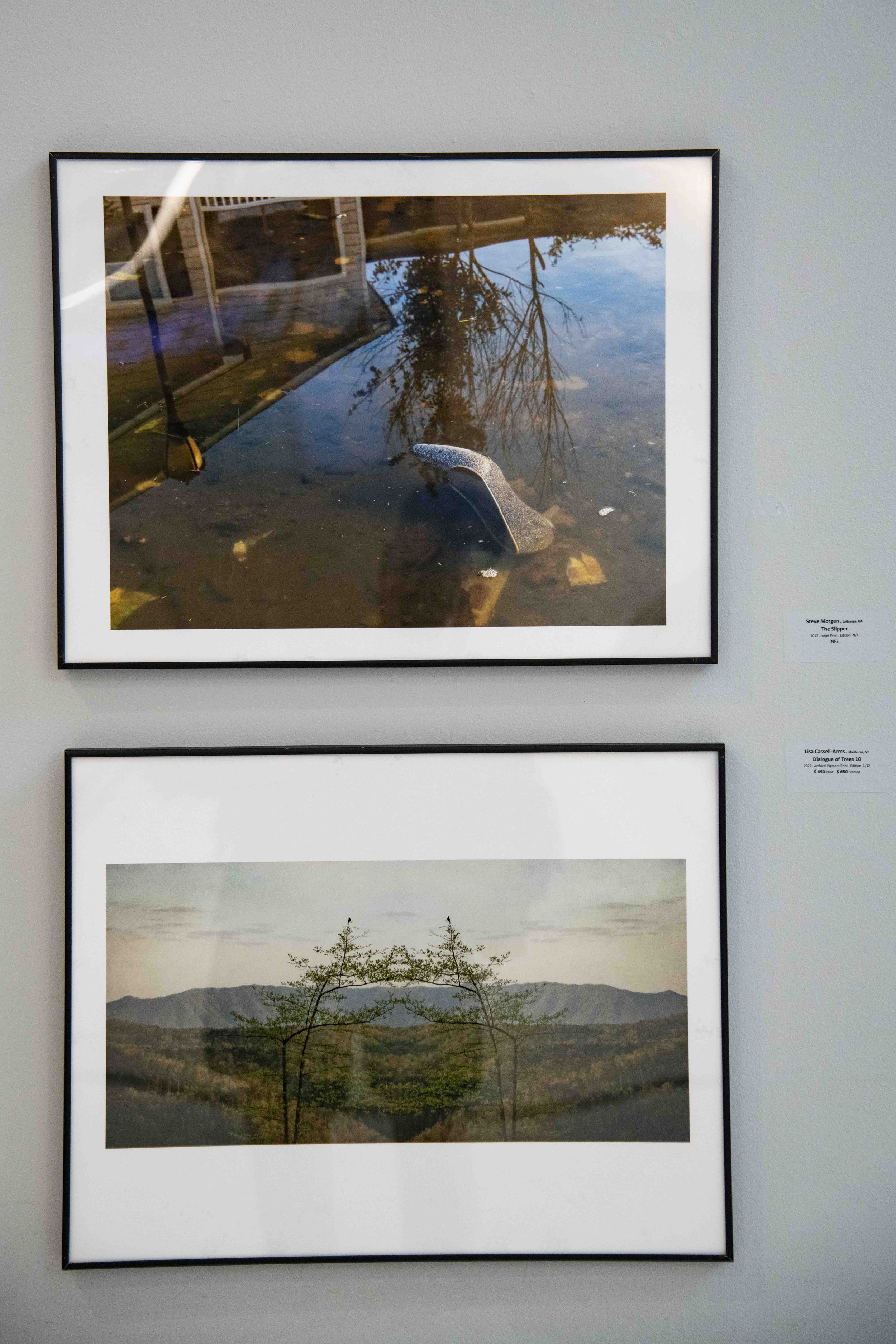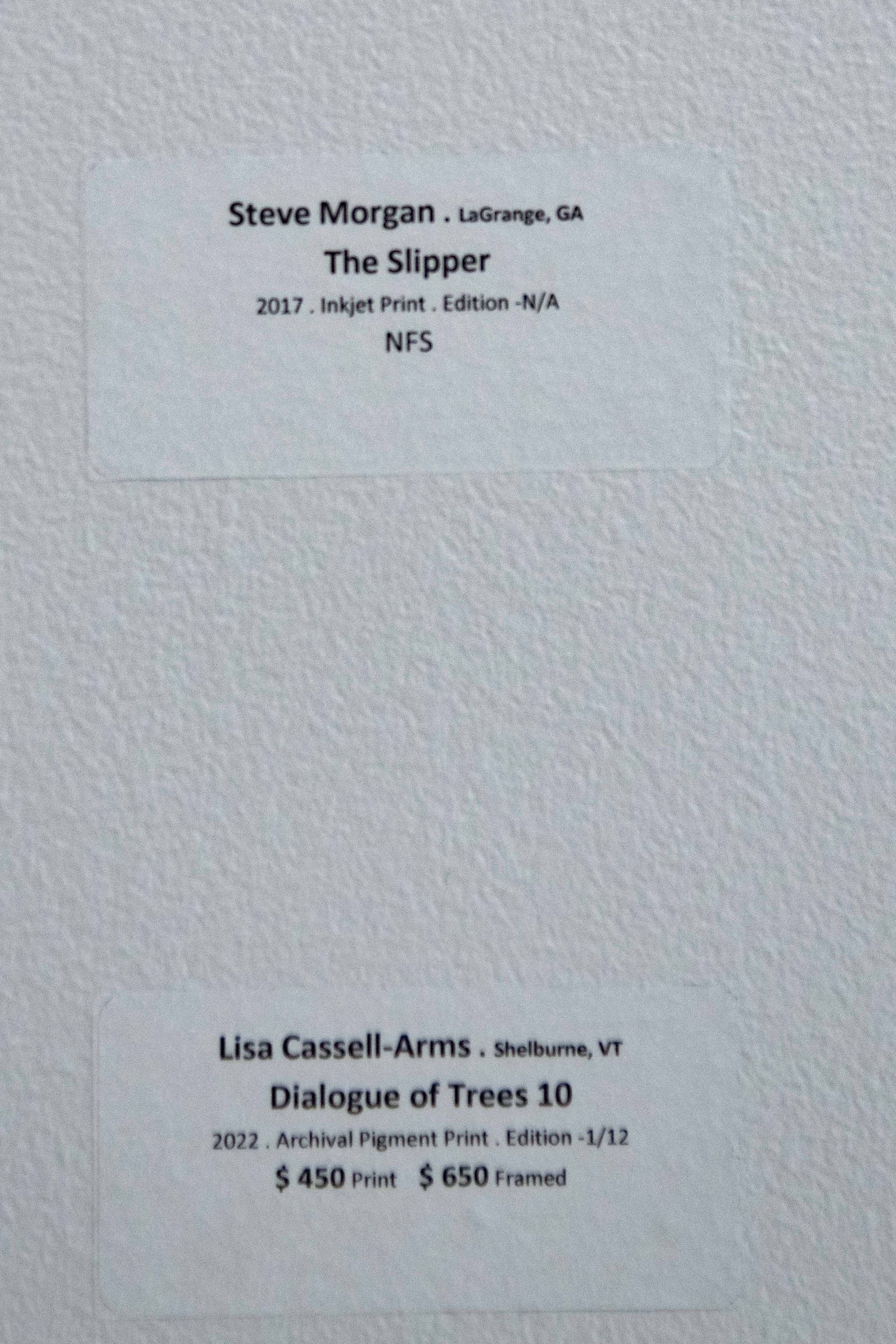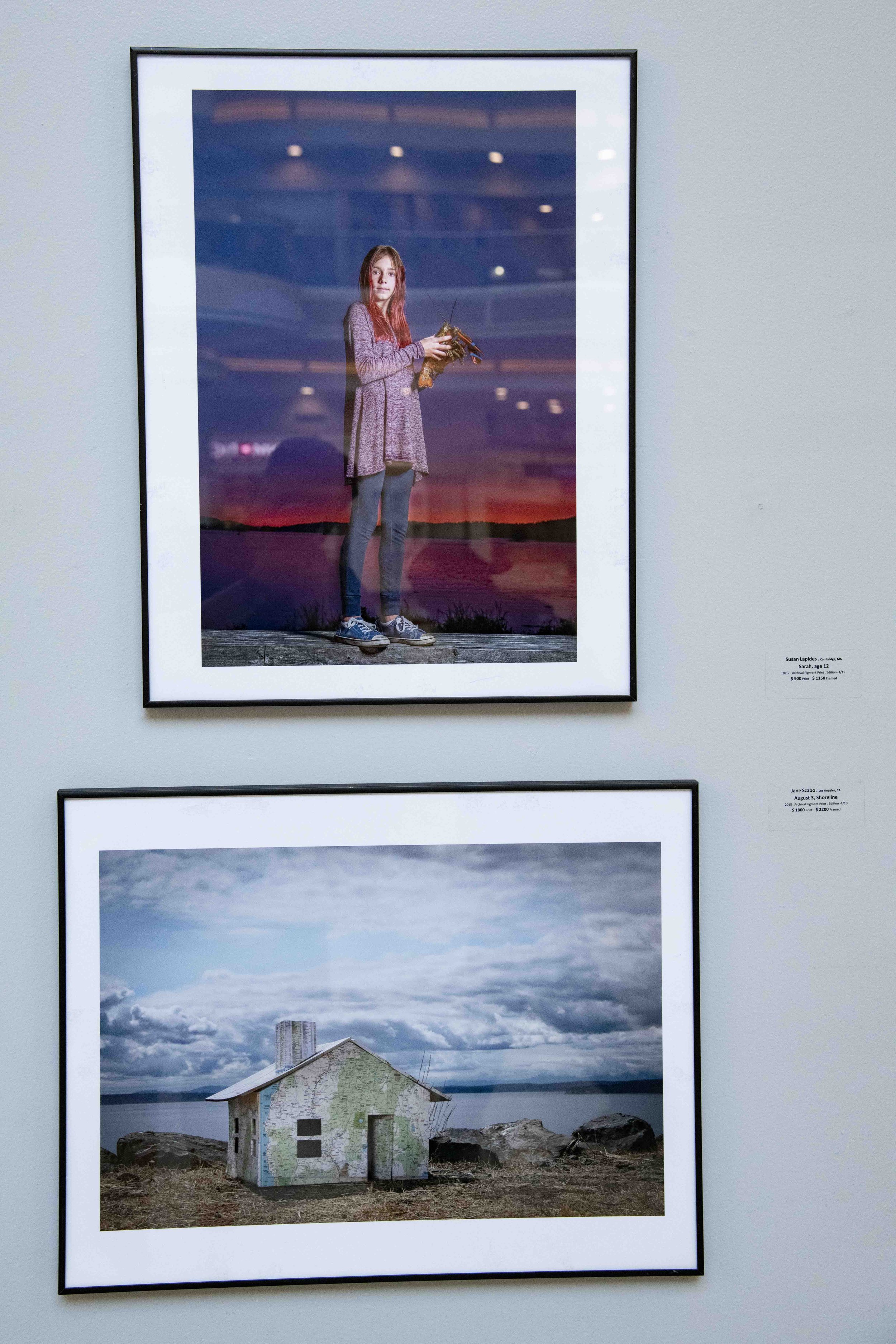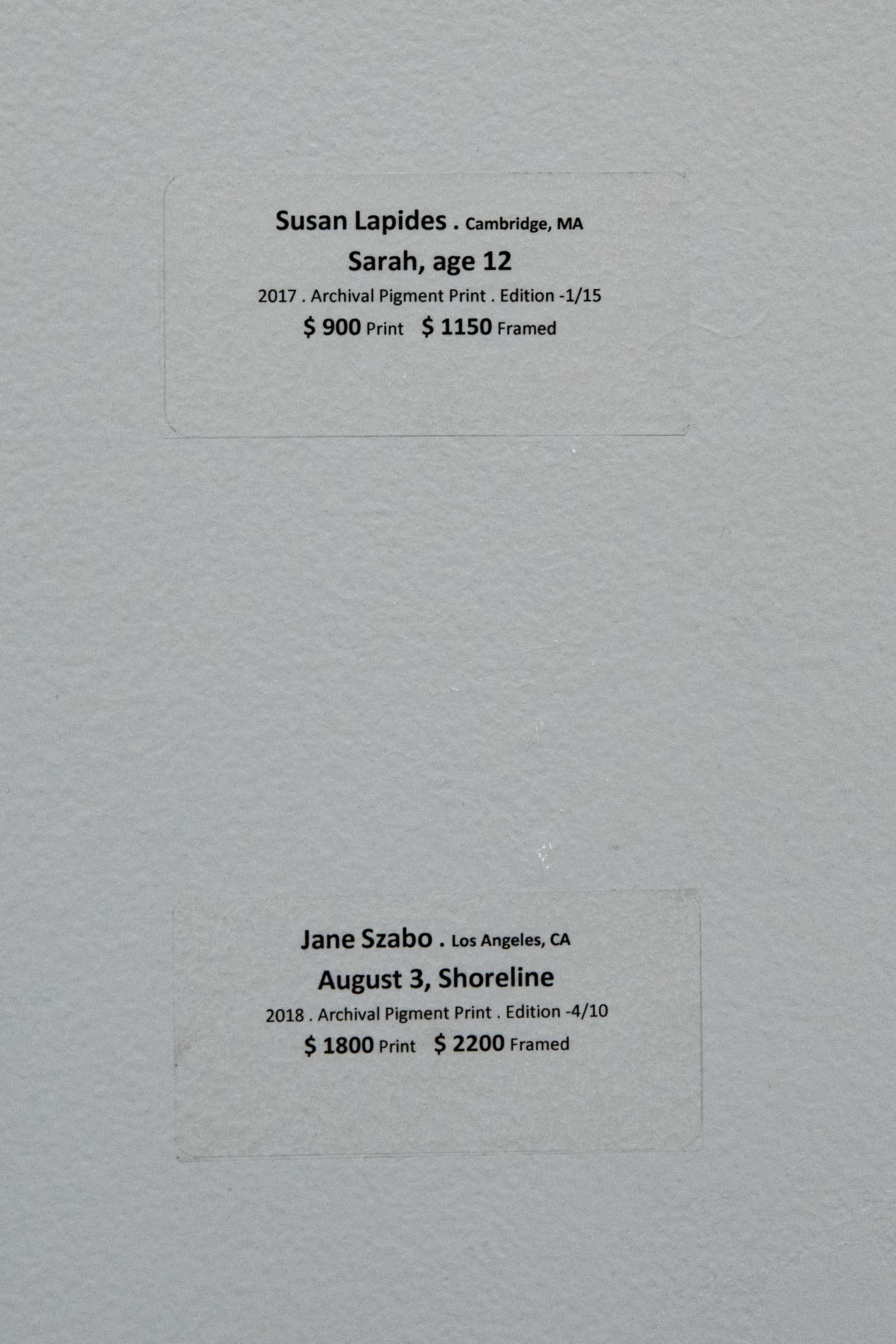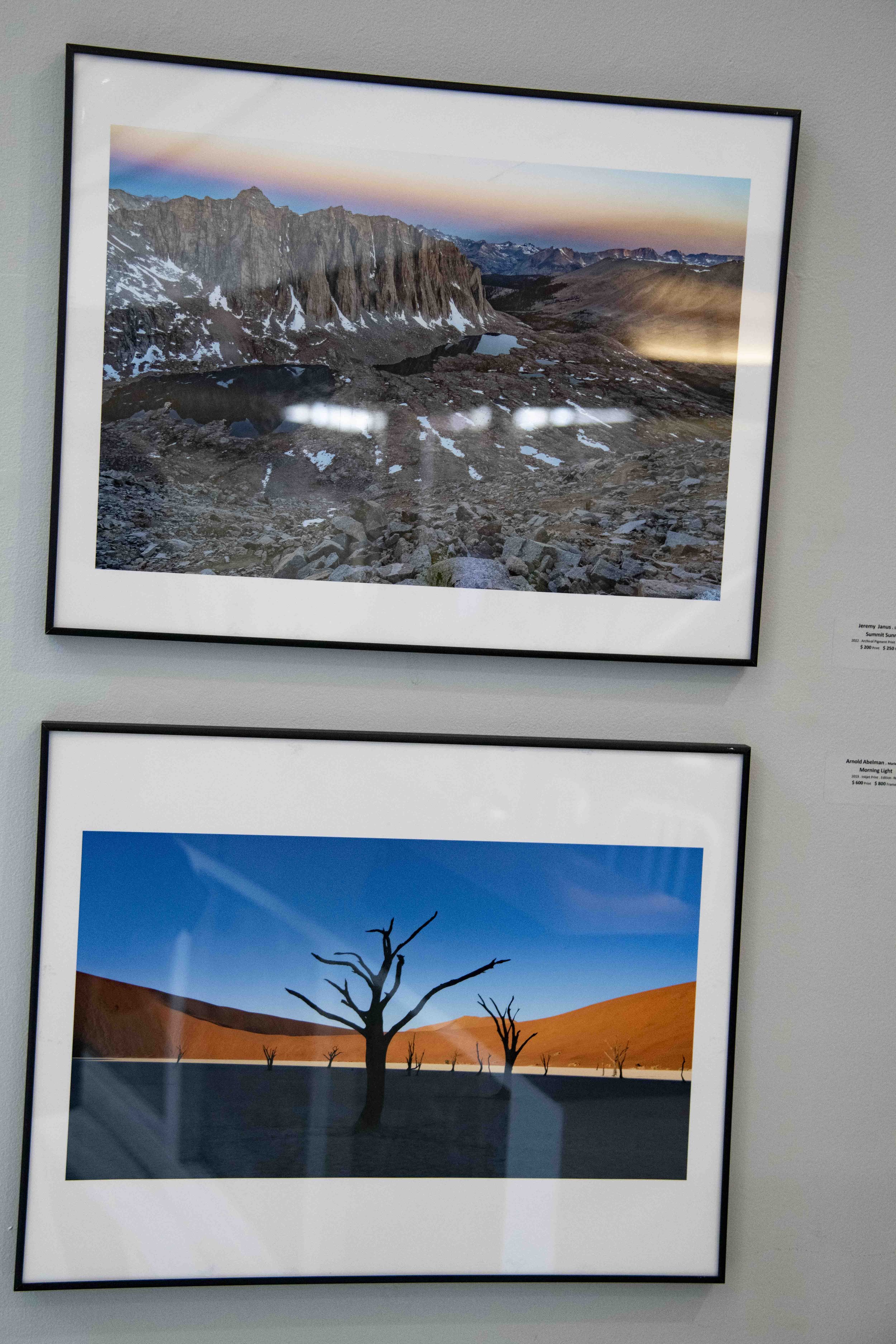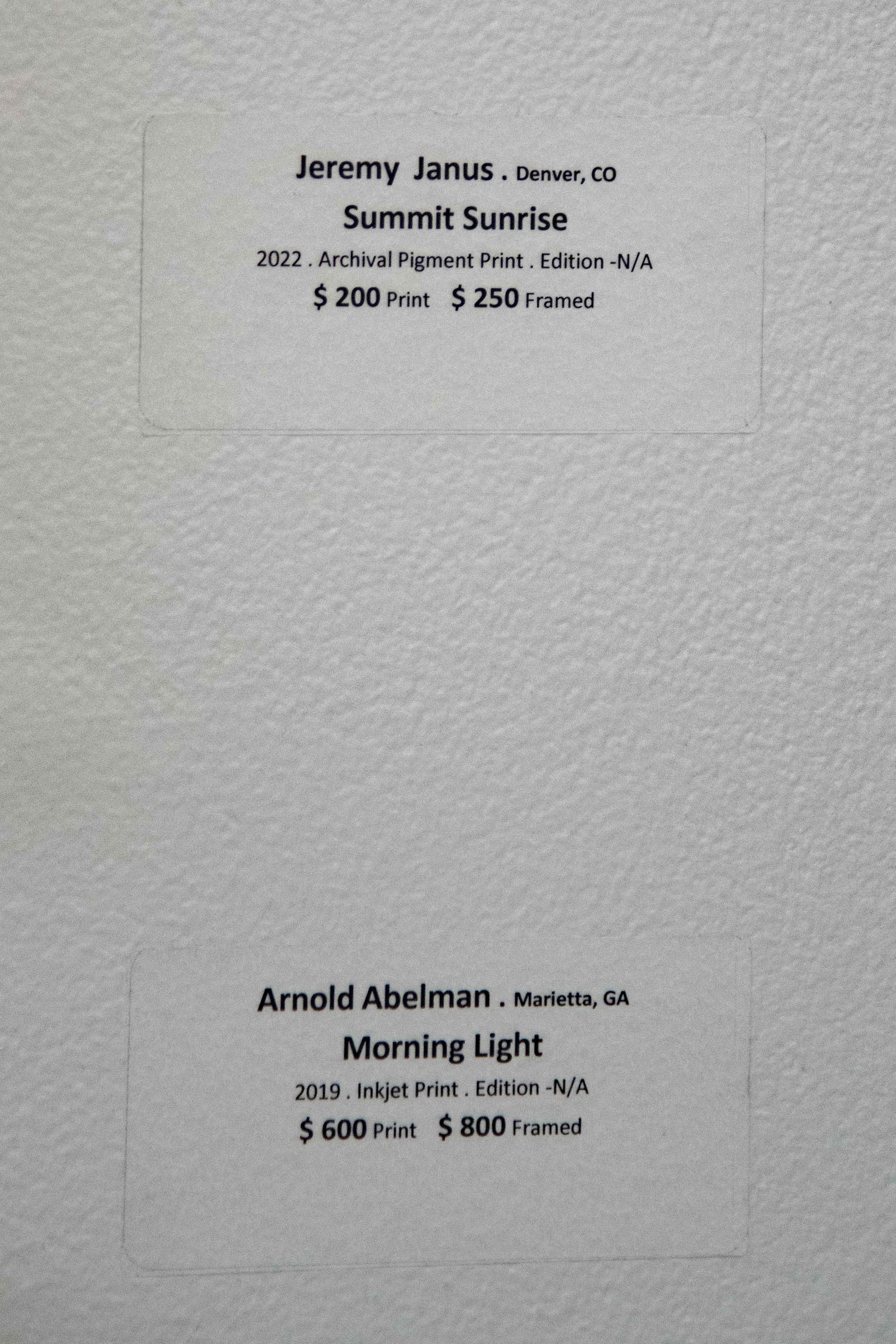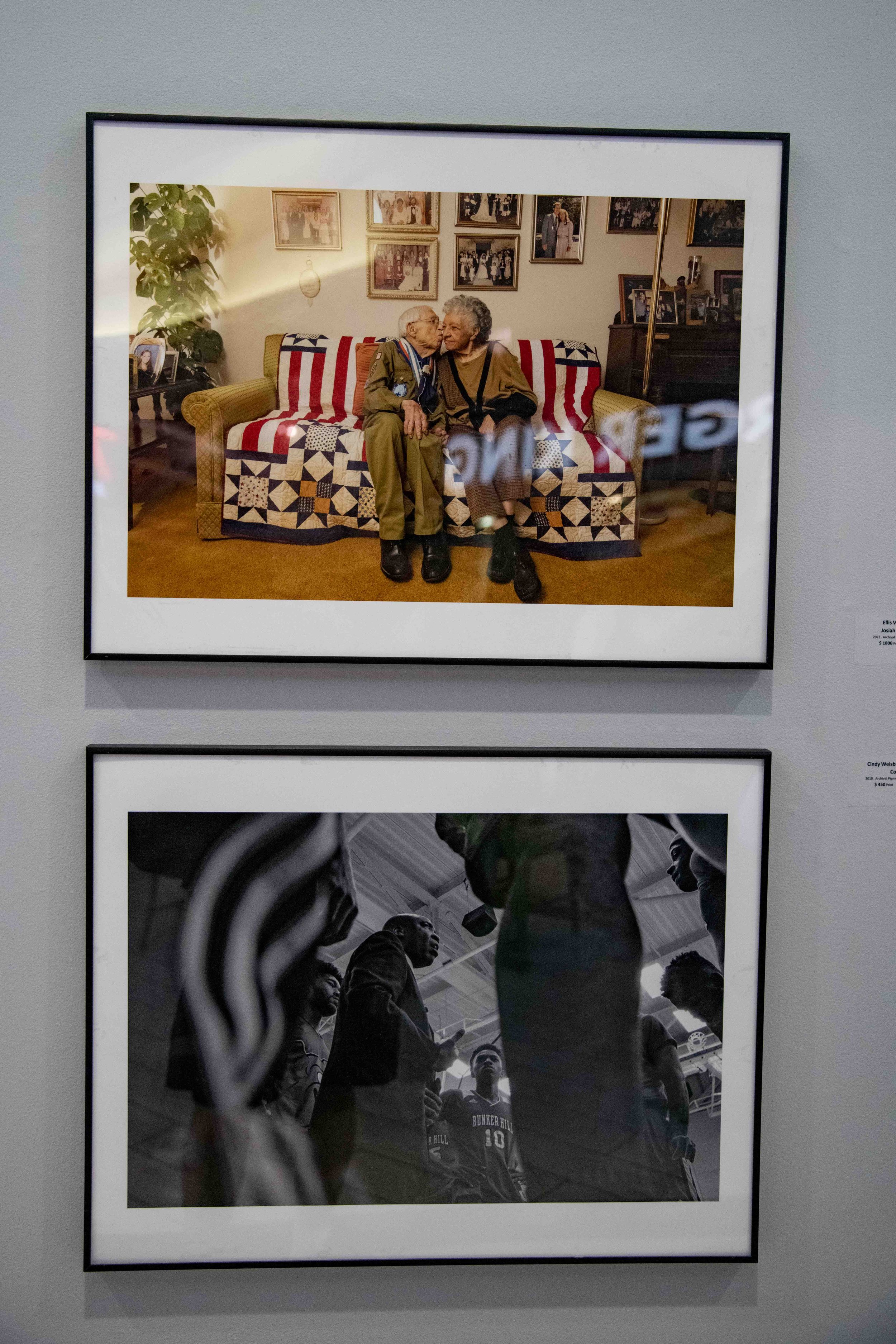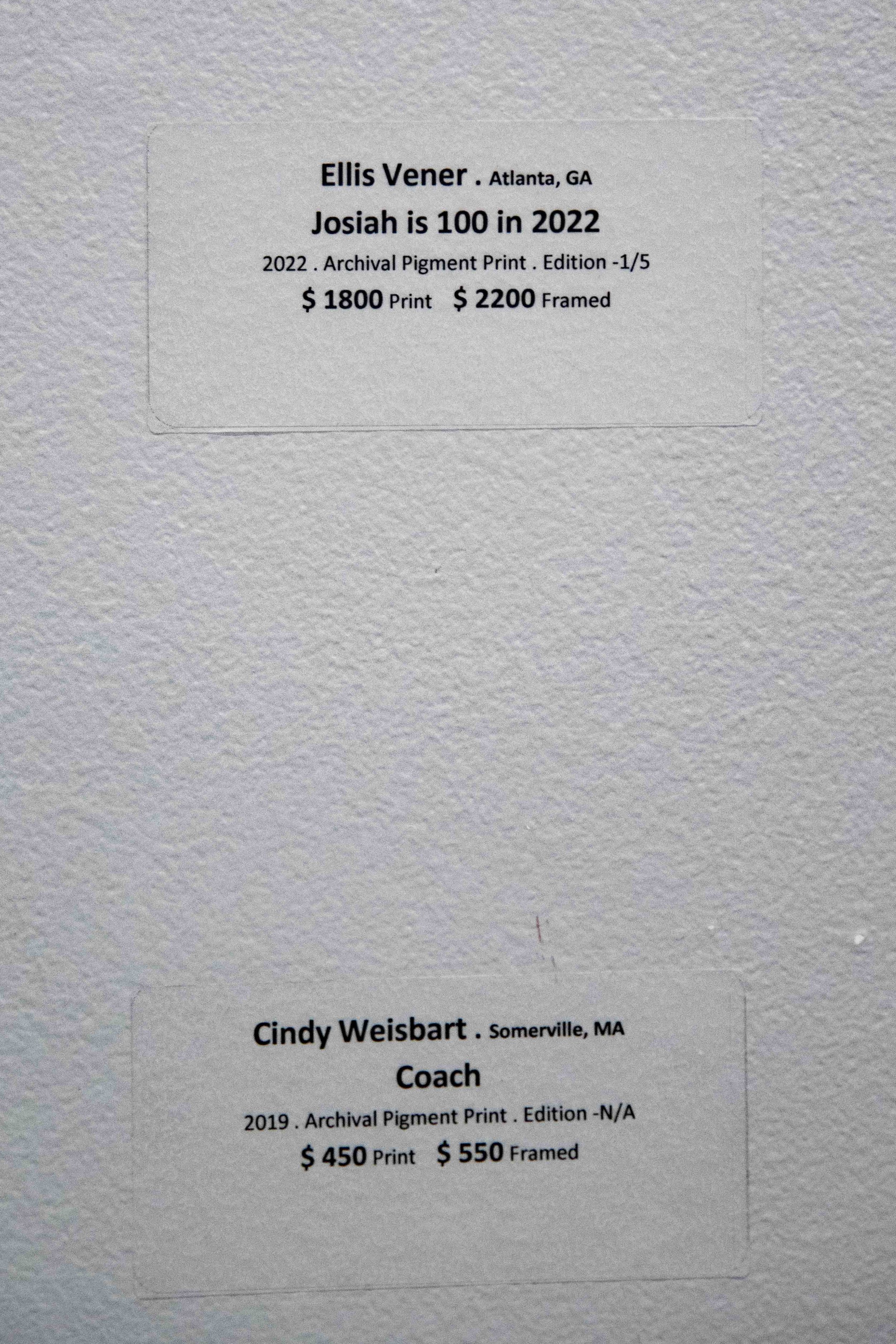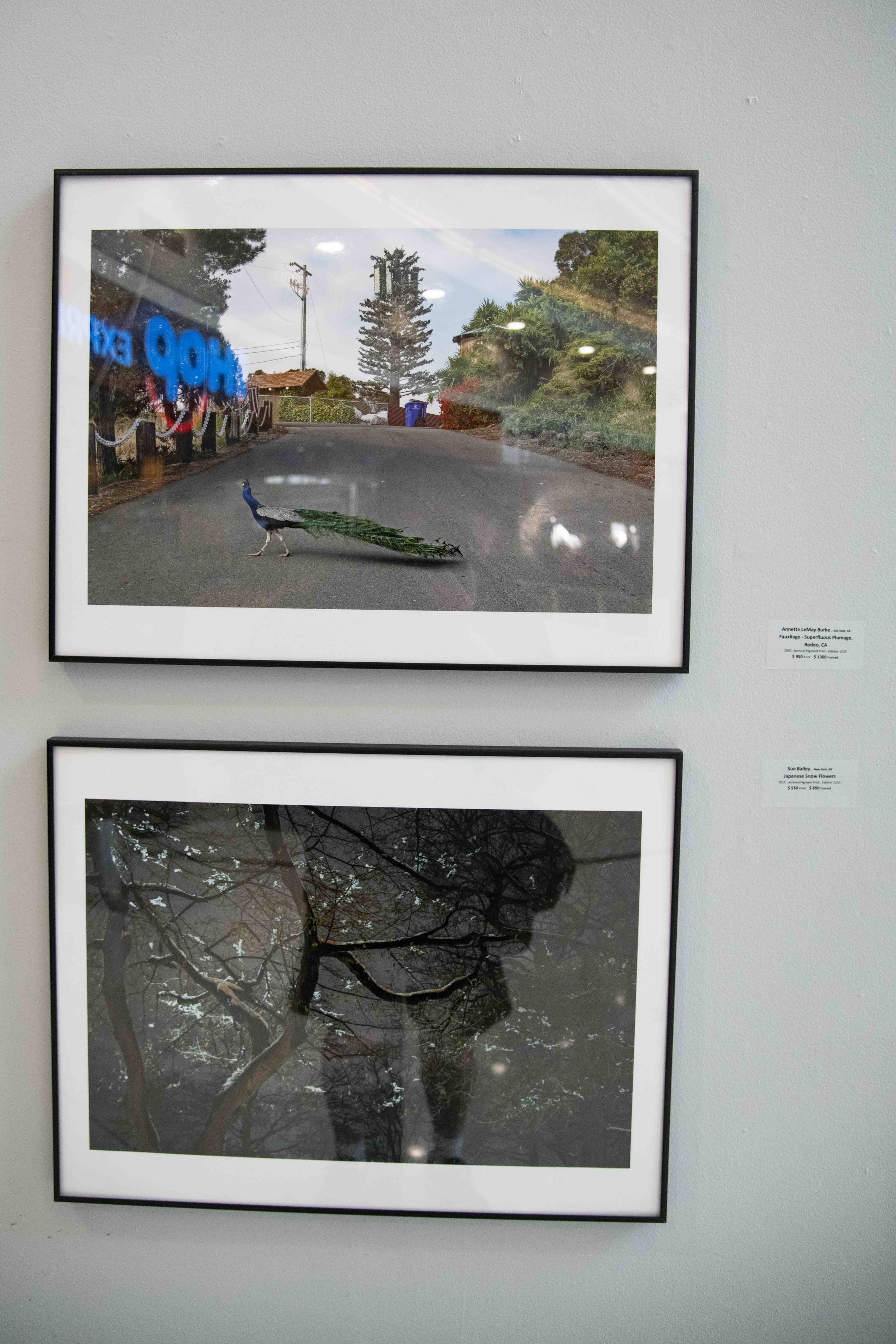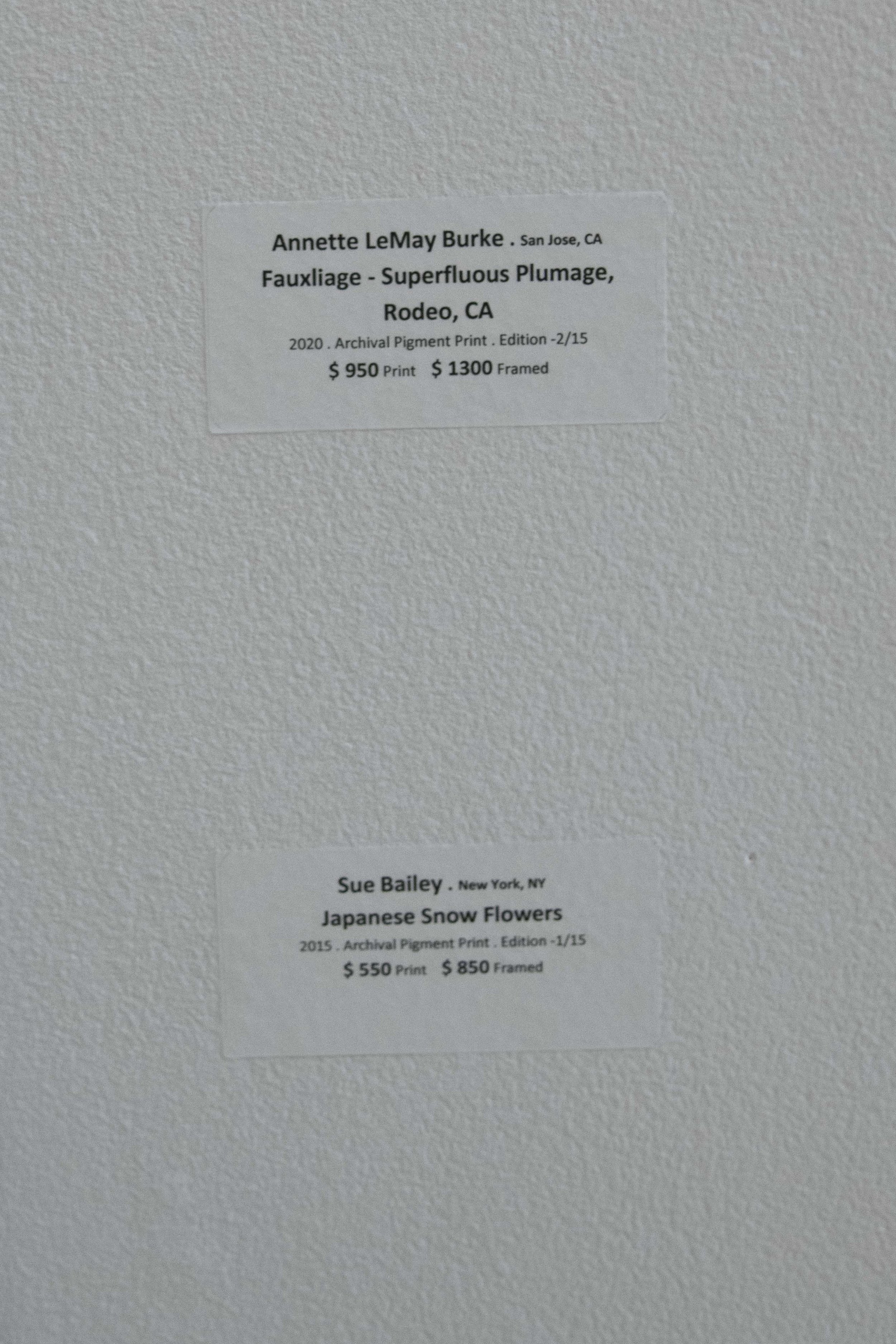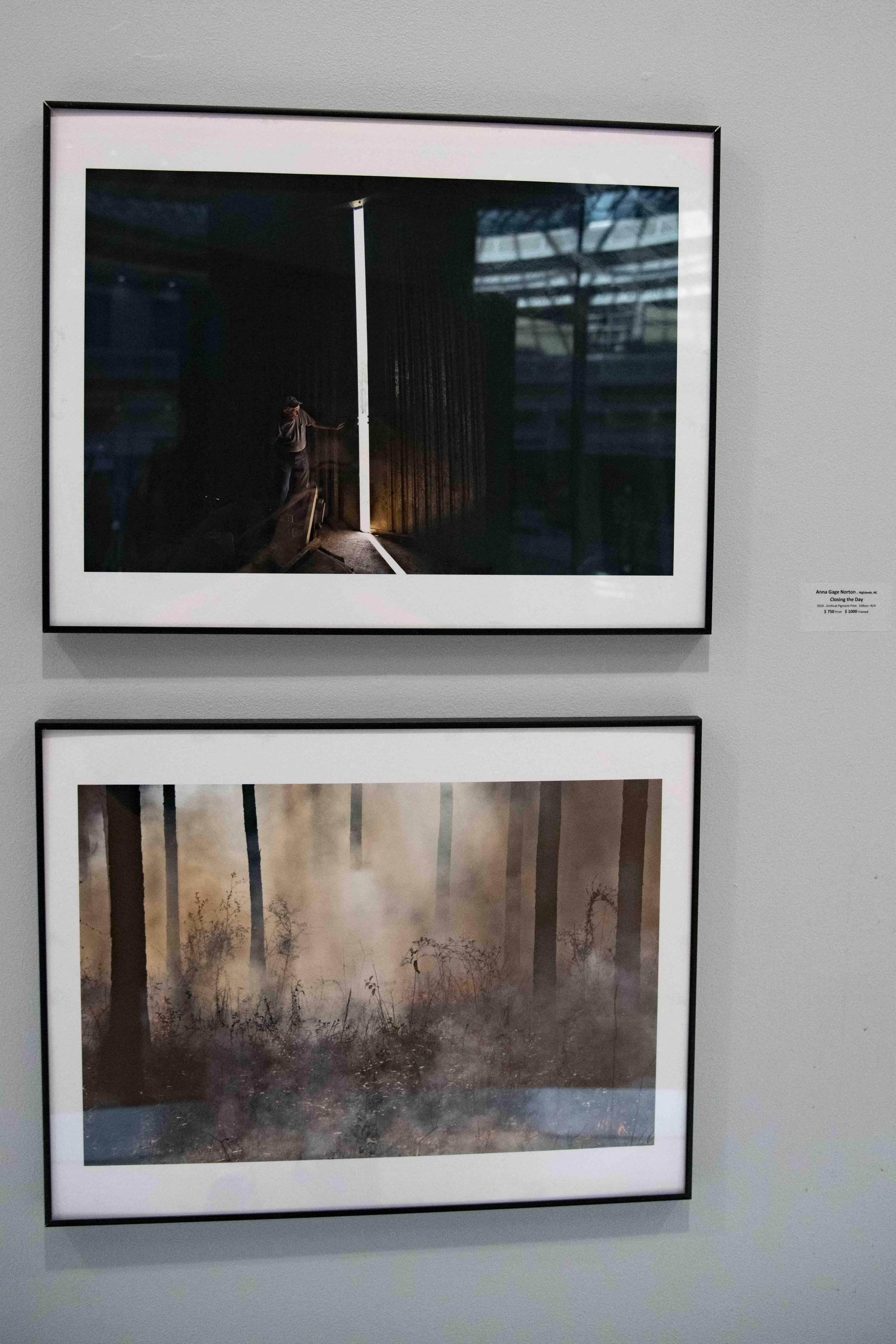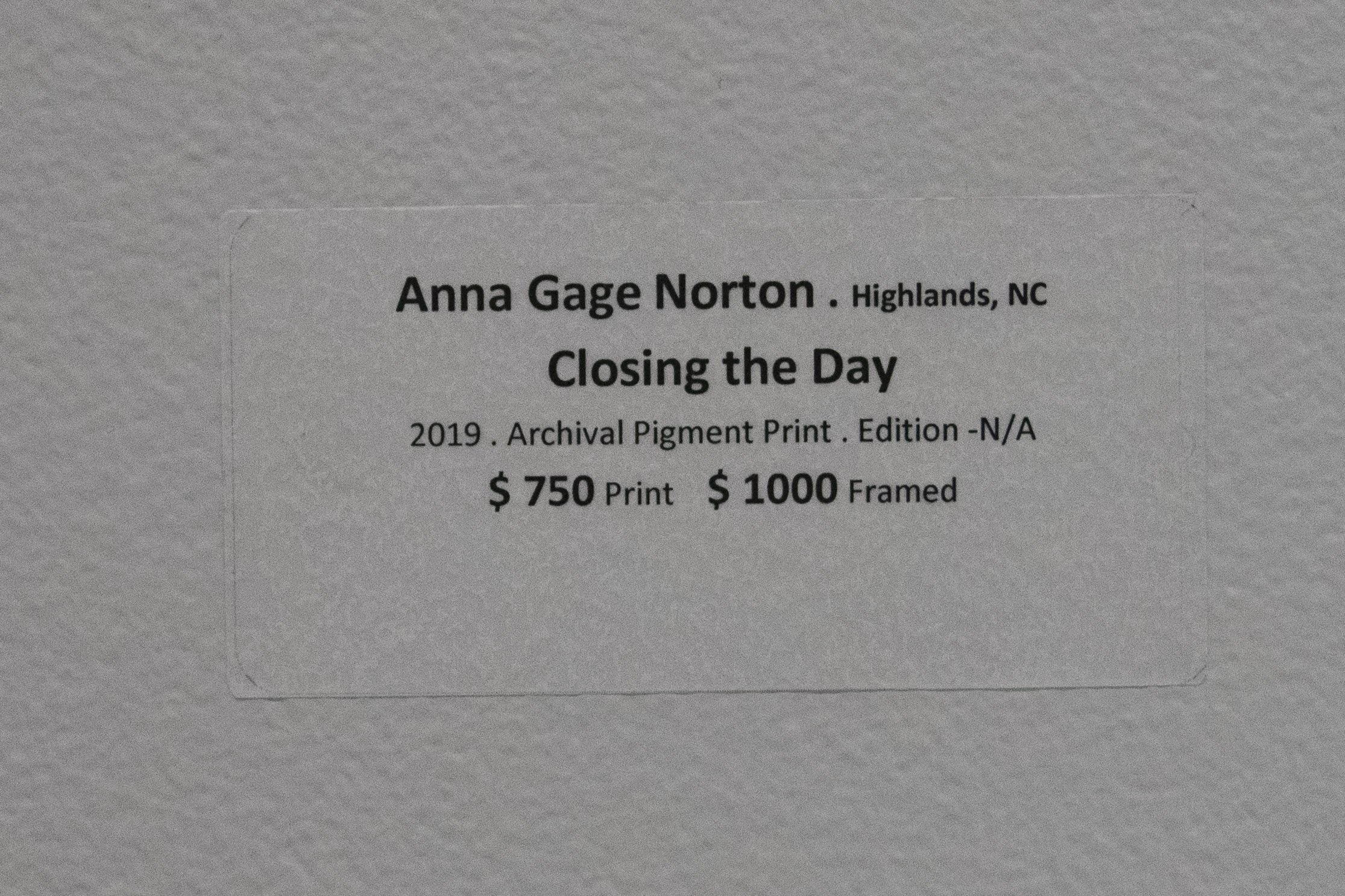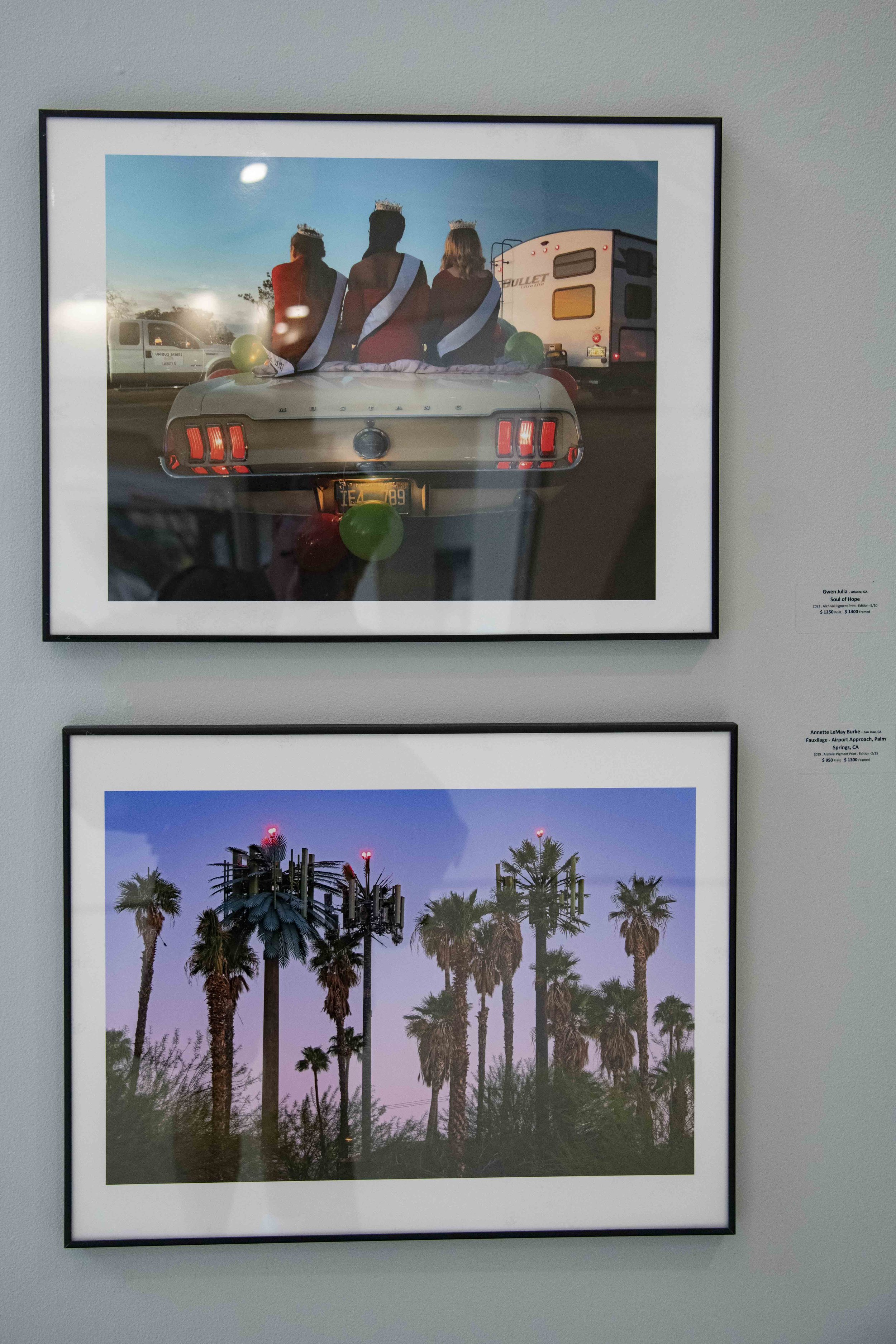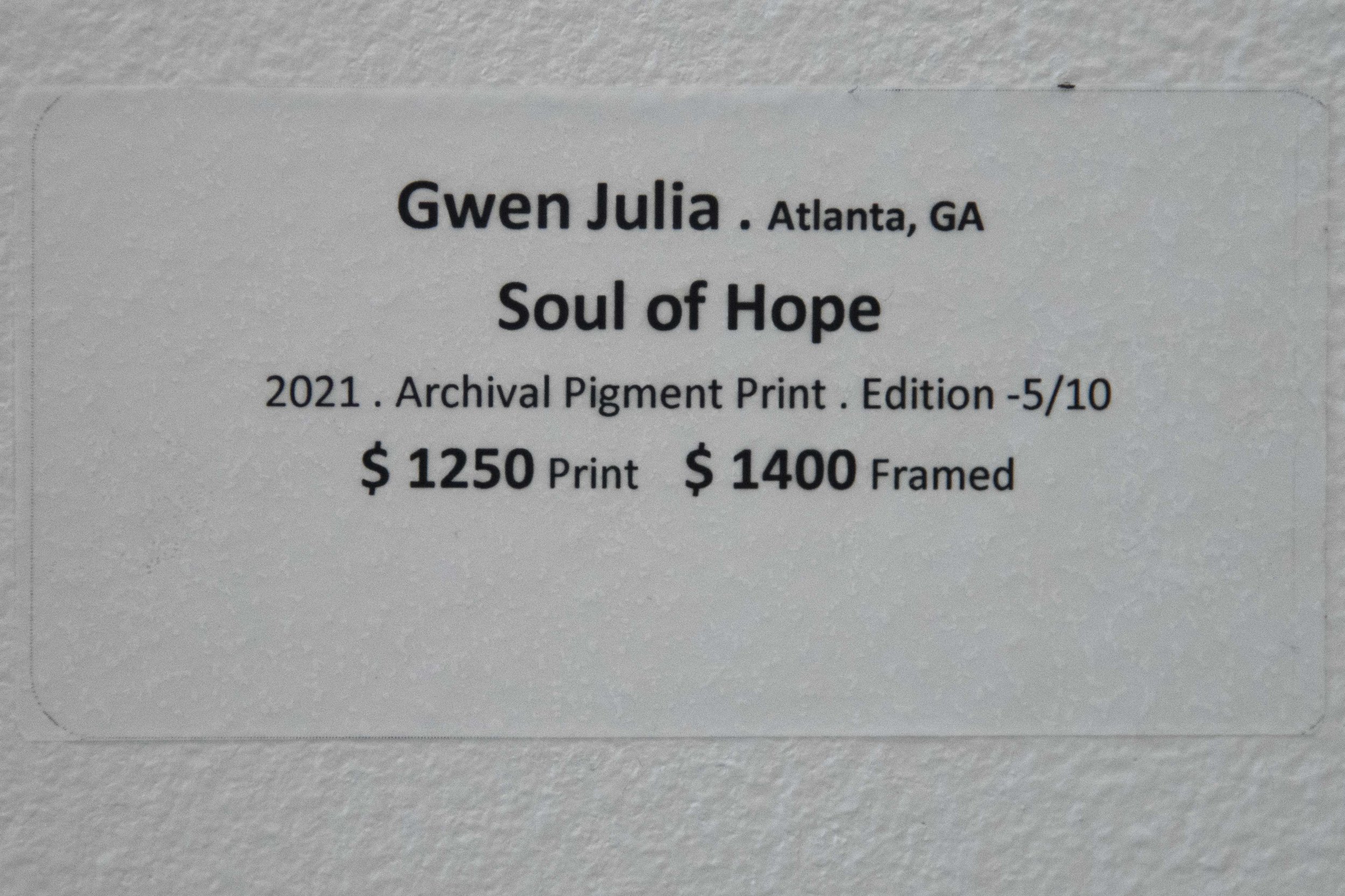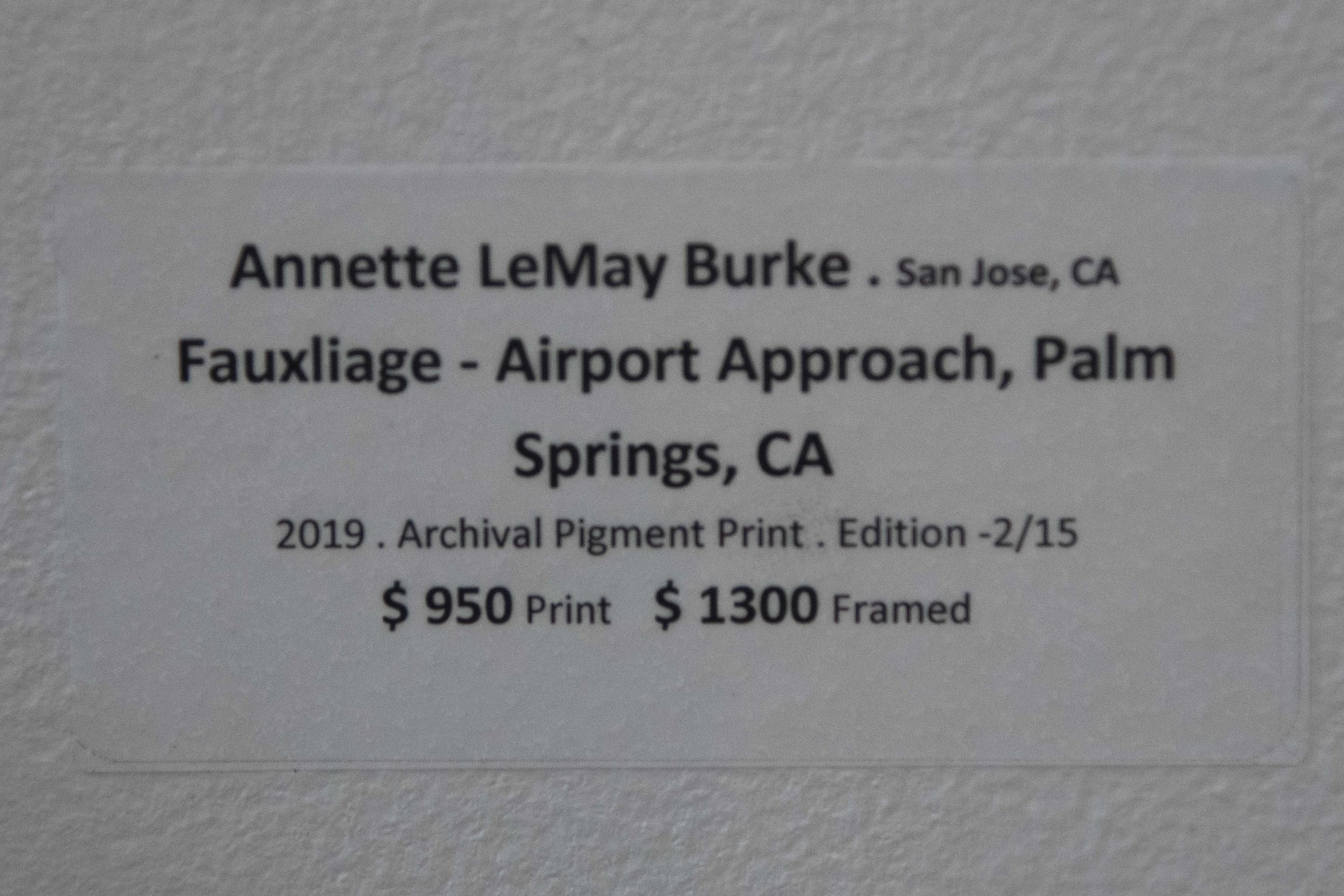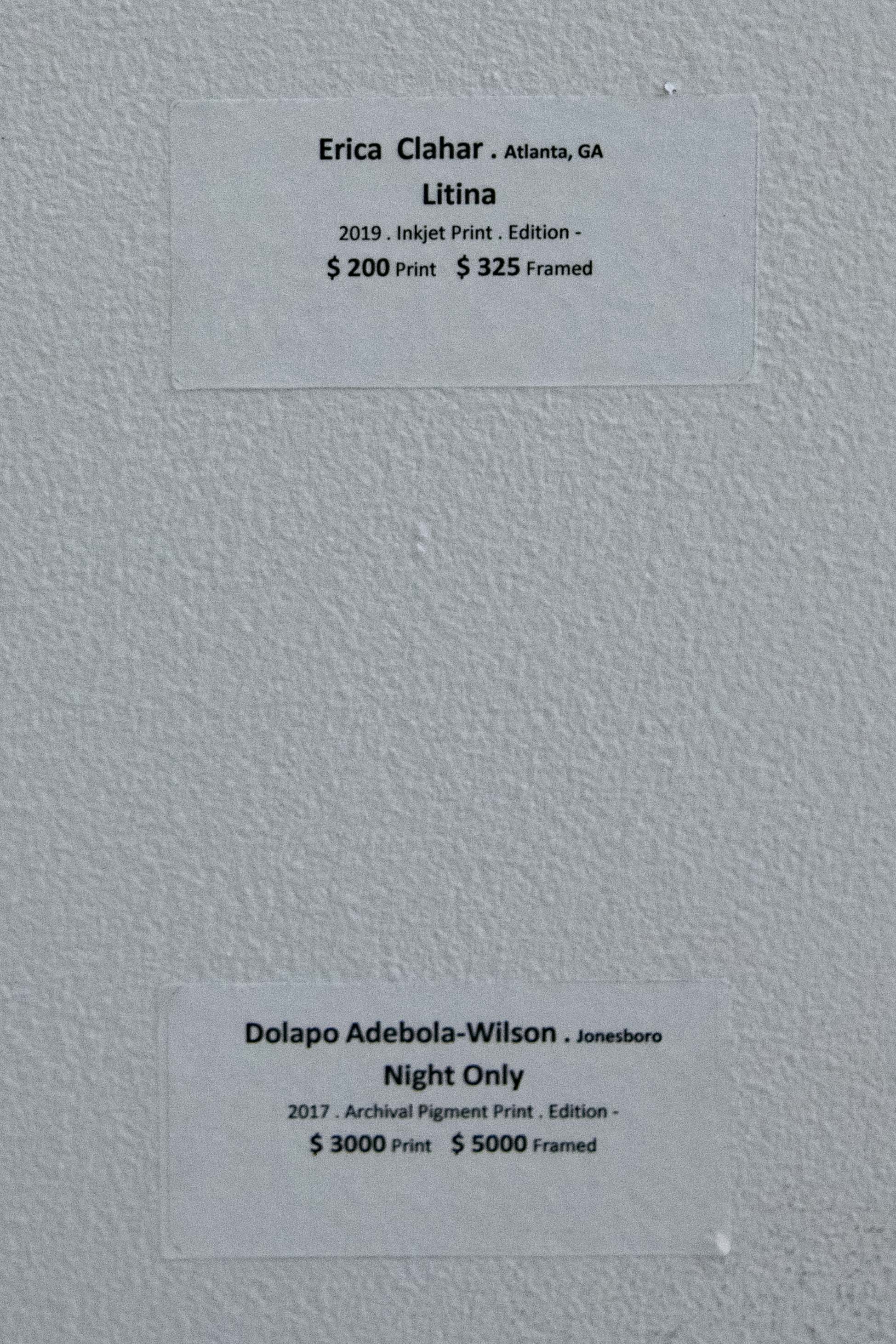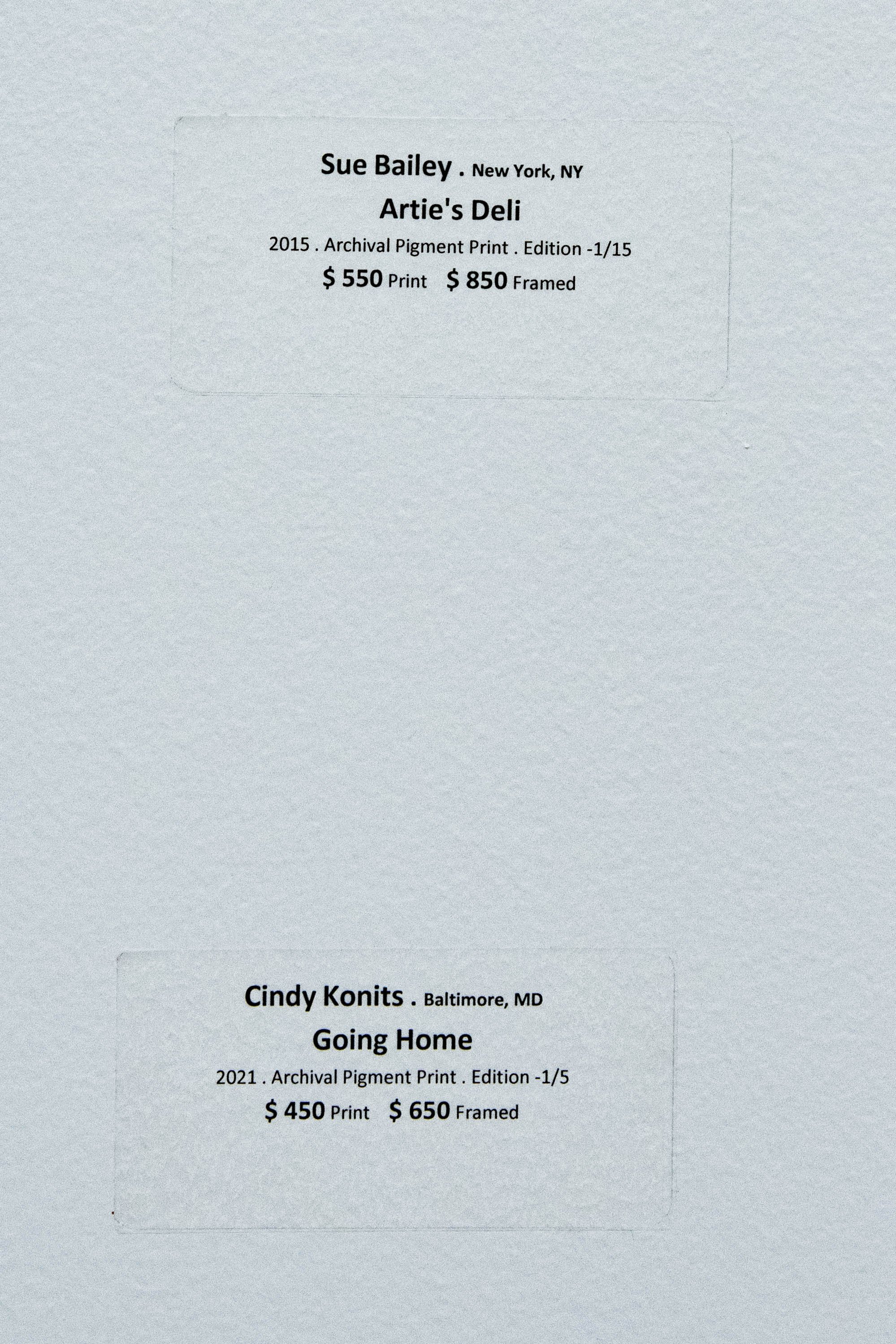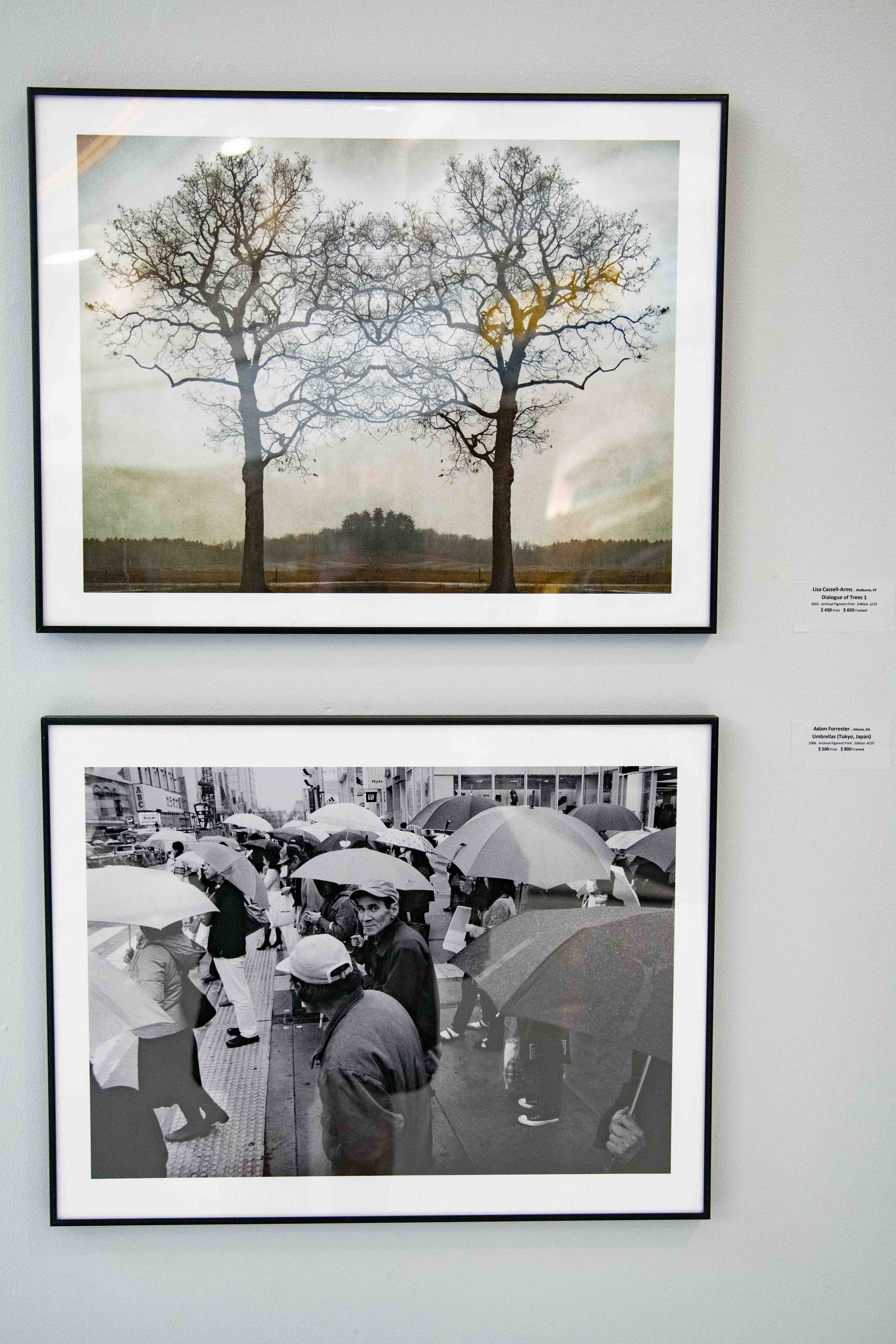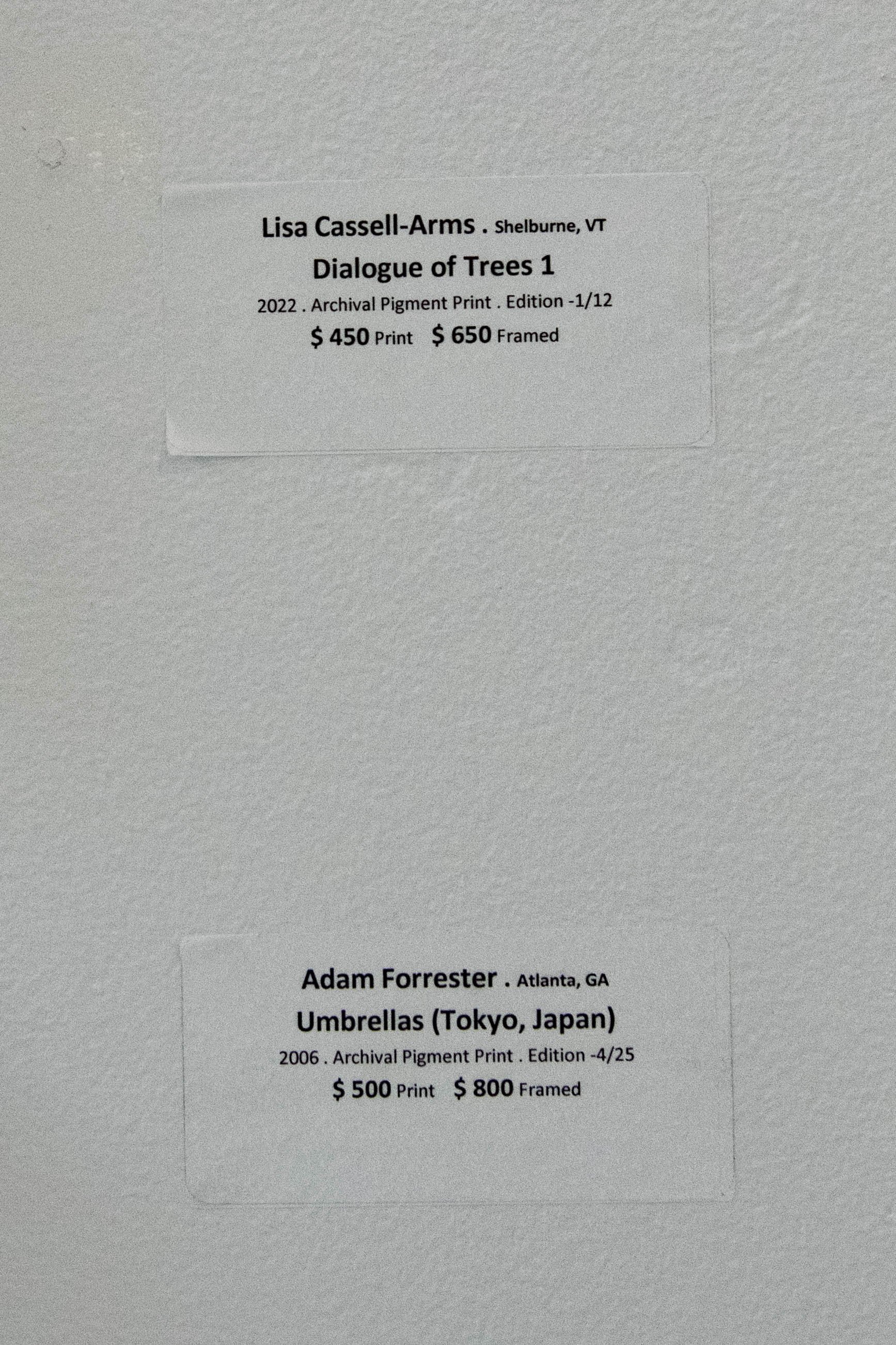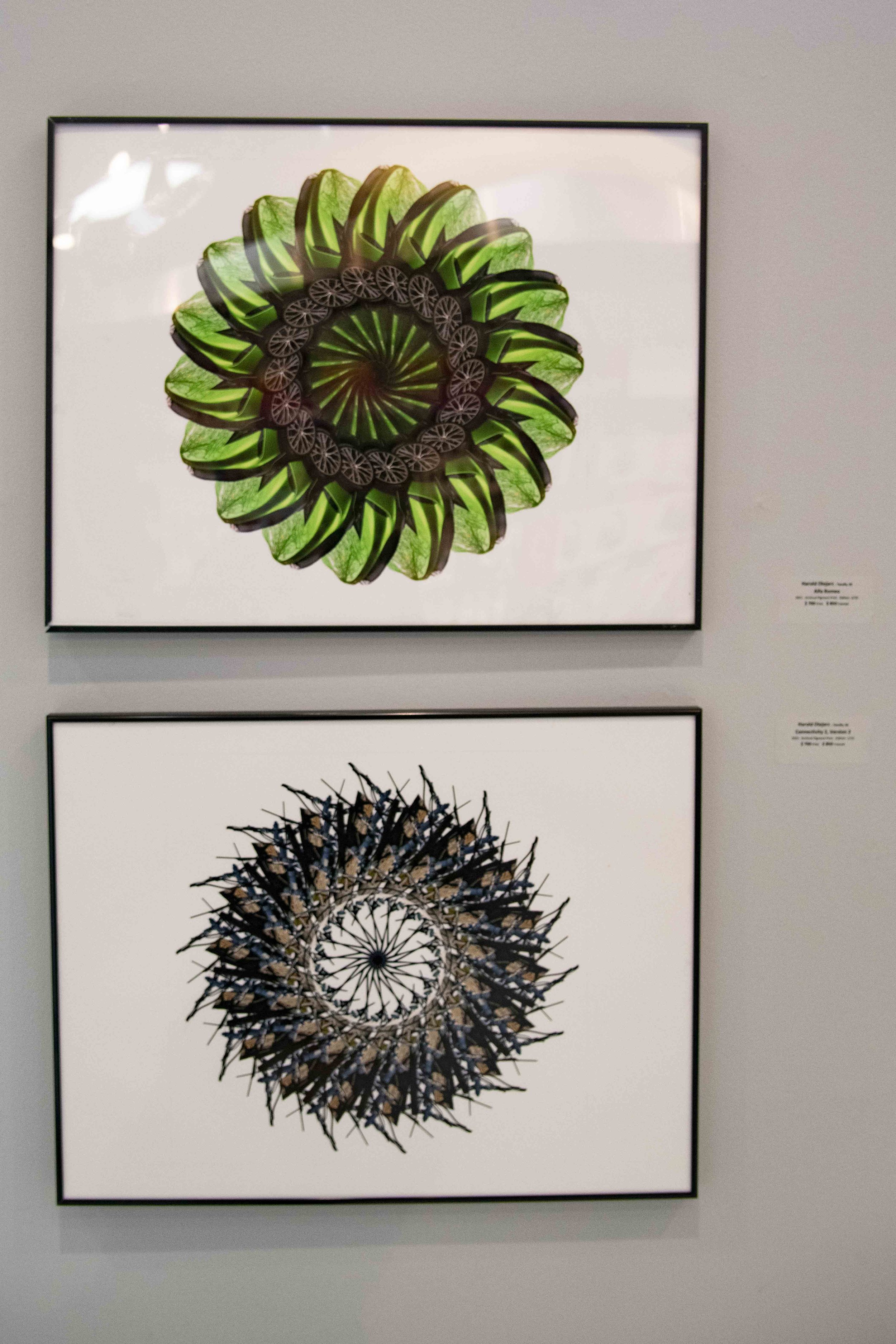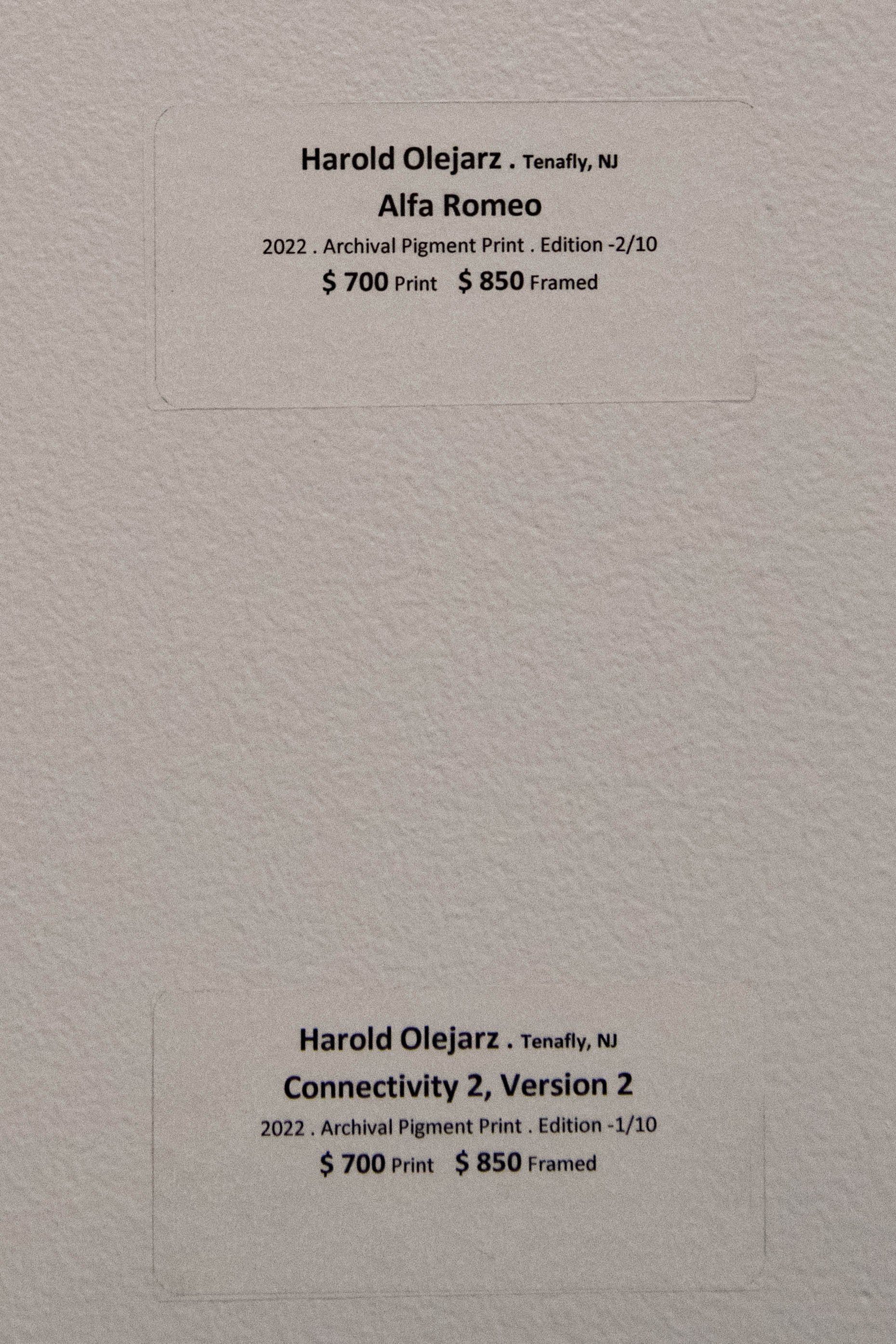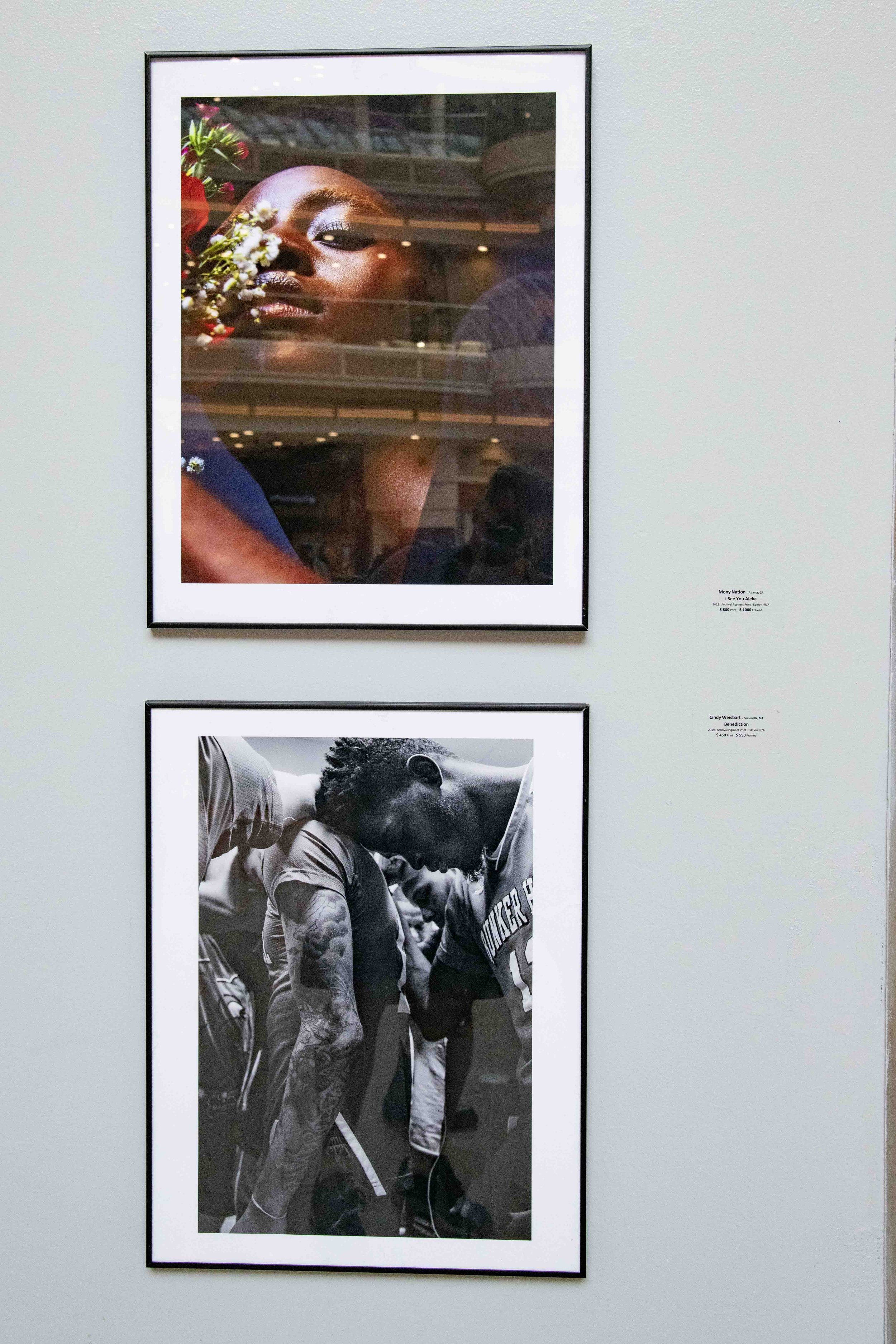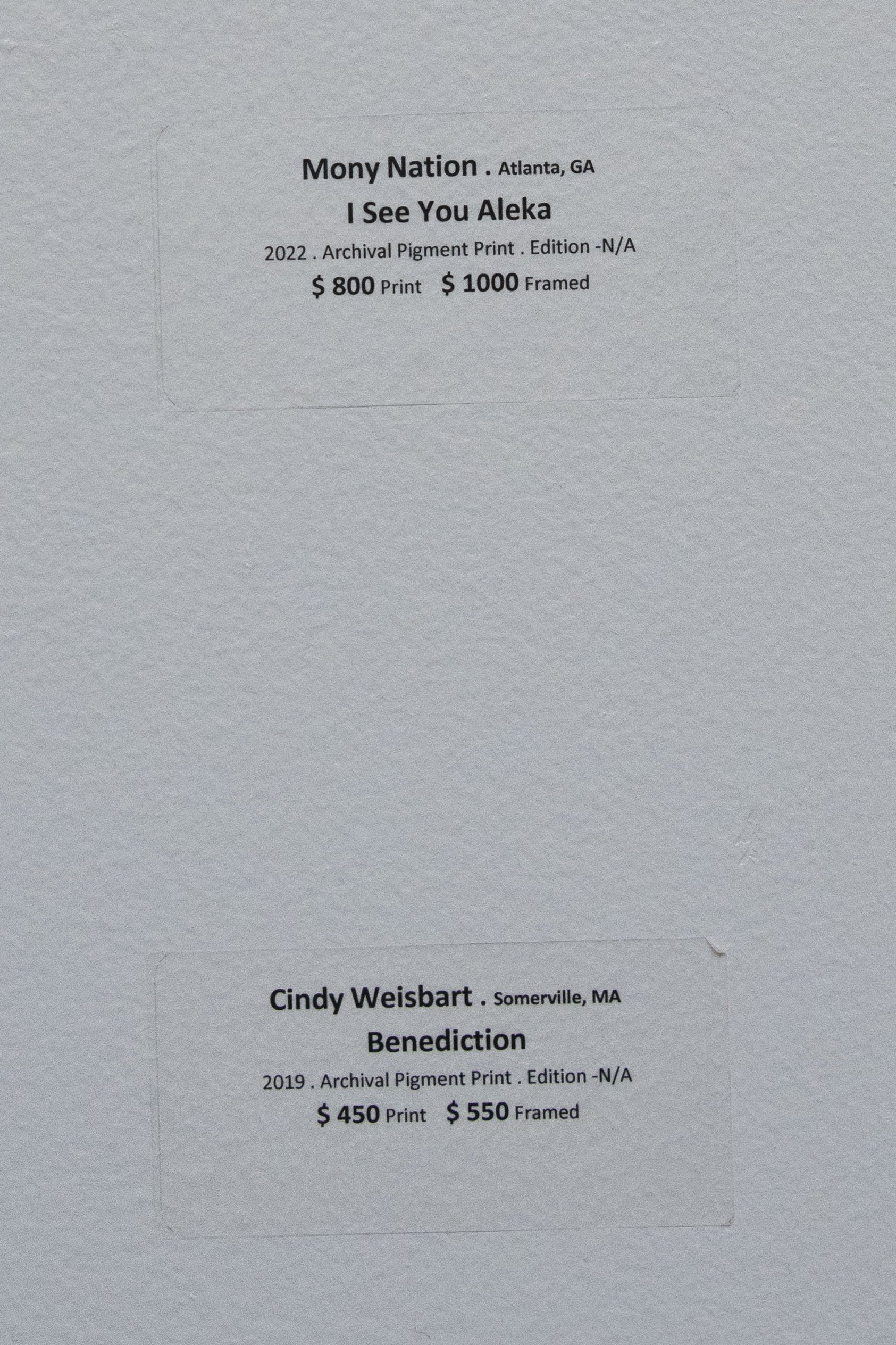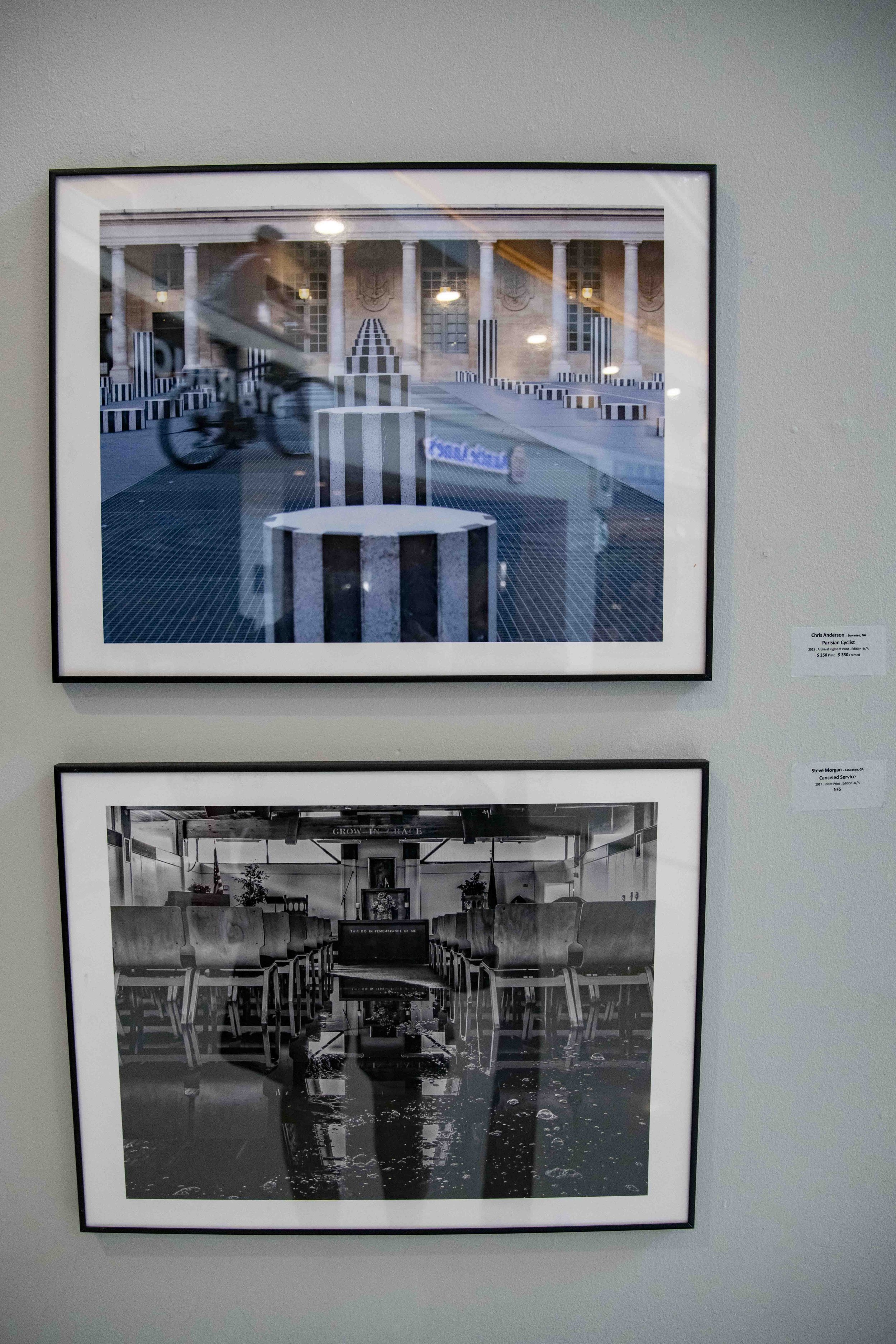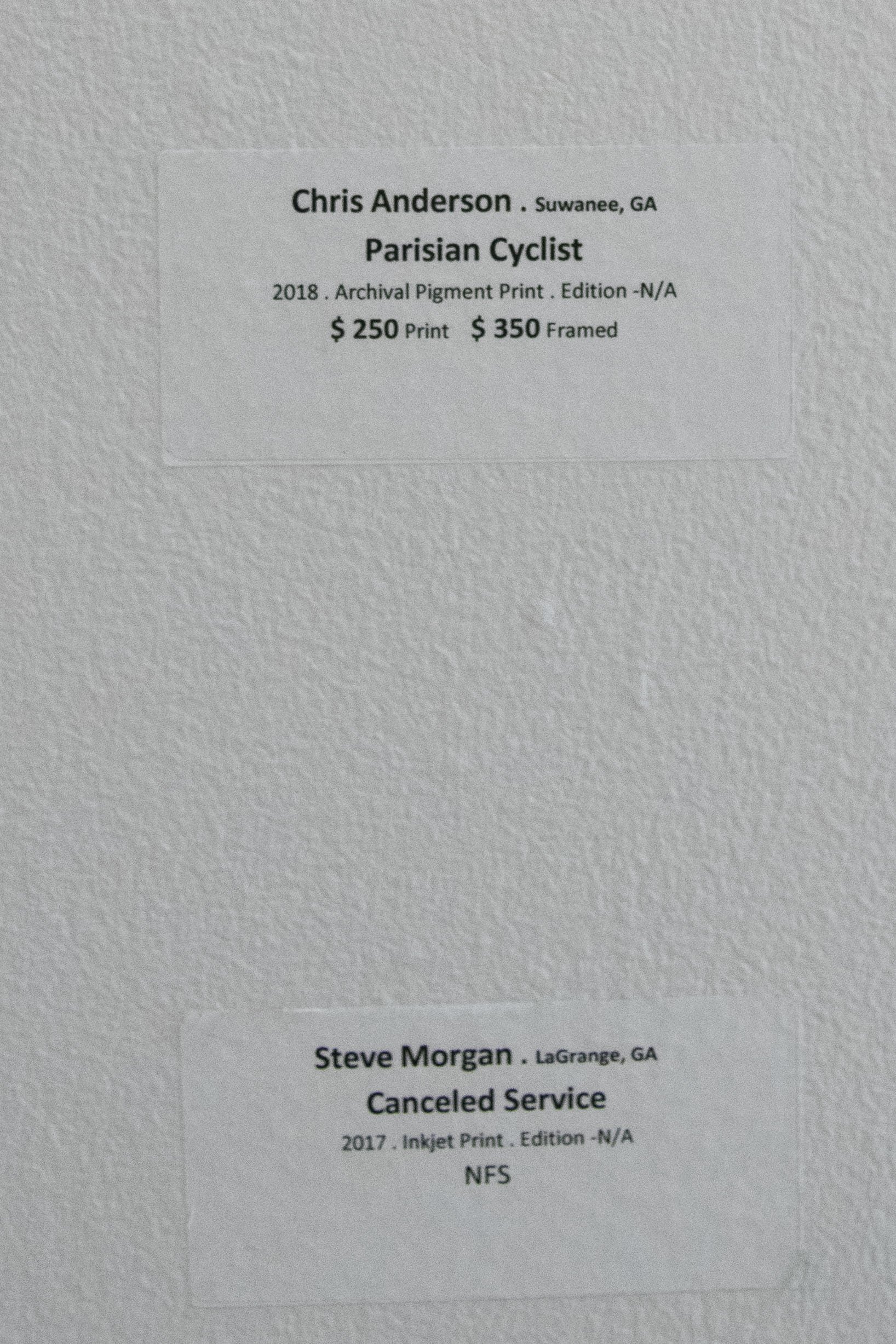I watched an episode of The Green Planet this week and saw at the end where they showcased the inventions of Chris Field that allowed to capture time lapsed images in the rain forest. The images that Chris’s rigs captured are amazing. They were basically able to document the process of photosynthesis and show things like the relationship of ants and plants in the rain forest food chain. The images on their own were beautiful and I continue to be blown away by what the technical advances in cameras allow us to document. For me when I consider the complexities of the food chain it bolsters my faith, I know science answers many of life’s questions but when I see how well designed our world, I just can’t believe all this happened by a collision of a couple of rocks. The Green Planet episodes also remind me we need to do better to cherish our planet.
In the simplest of terms Chris designs camera systems (rails, camera mounts, computer programing of their movement and function) which allow cameras to track and photograph subjects like bugs and plants. The camera captures time lapse images which are then used to create video. Some of the lenses he uses are micro lenses with built-in ring lights which allow the camera to photograph tiny creatures in tight dark spaces. Much like drone cameras, his designs allow the documentation of things most of the world has never seen before.
Being a documentary photographer who works with still images I don’t have the need to use any of the rigs like Chris designs, but I found his story interesting and since it is a photography subject I decided to write a blog post about it. In researching Chris, I didn’t find a whole lot about him. The BBC mentioned he was an engineer in the US Military but I don’t see much more on line other than he was based in Colorado and I found his email address. After gathering my links for this post, I decided to something I don’t do much, I reached out to Chris, explained I was doing a post and asked if he would be willing to answer a few questions. He replied immediately and the time he took to answer my questions exceeded my expectations. When I read them I knew I picked a great topic for a blog post, his insight is outstanding. Below are my questions and Chris’s answers:
WKV- I would like to know more about your technical background. Is there greater detail you can share about your military background and how it gave you the skills needed to create these rigs or inspired your interest in building these. Was there another background that gave you your technical skill set.
CHRIS - So there is a little bit of confusion there with the whole military engineer thing, I think they should have put a comma between Military and Engineer. I spent 4 years in the military working on telecommunications. But I never have considered that engineering, but it did give me a great trade to fall on when I got out of the military, I ended up spending 20 more years in Telecommunication working on repair, test and turnup, new product implementation, and was tasked with quite a bit of telecommunication engineering as well as tier 2/3 support for newly developed products. I eventually ended up in charge of my own team. It was a wonderful career which paid well enough for me to really dive into my hobbies. As for mechanical and robotic engineering this has been mostly self-taught over time. A huge part is learning how to use Arduino, they are incredibly useful in this line of work and have an easy learning curve. These devices became critical to learn in order to build out the automation that I needed as there are really no good off the shelf solutions that can coordinate the camera, plumping, motion control, environmental, etc. I remember seeing the end of the tropics episode where it mentioned “Chris Field, an ex-military engineer” and suddenly those words were all over the place and there was not much I could do about it. I think “Chris Field, a self-taught engineer” would have been closer to how I would have written it. While I was in a technical field, the “military” portion makes it sounds like I was doing crazy DARPA stuff. I was in the USAF from 96-2000. I did 4 years and I’m proud of that service and continue the tradition, but it is not something I define myself by.
WKV – Did you have an interest in capturing visual scientific information about plants and animals to learn more about them? Is this a business concept where you saw a need and thought you could develop a niche that was profitable? Do you just like complex challenges and building rigs capable of capturing such amazing images just motivates you?
CHRIS - The why stretches back to when I first got into photography and astrophotography. I fell in love with hacking and building, and saw a timelapse with the milky sliding past and I was hooked. I gave up astrophotography overnight and started learning how to do timelapse. A friend of mine and I built a slider, and people started asking us to build them one. That led to a small side business that was ultimately a lot more work than pay. We eventually got burned out and stopped selling them. I had some cameras at that point and a few sliders and wanted to film some stuff, but with it being February in Colorado, it was cold so I bought a hyacinth plant and put it in a spare room in my basement and filmed it blooming. I was mesmerized by the results and started to turn that spare room into a studio. What I really loved about it was I was producing footage that nobody else was doing. A lot of folks were hiking to beautiful remote locations to film mountains and clouds. But aside from some plant timelapse sequences on BBC documentaries, nobody seemed to be doing it. Probably because it is so difficult and there are a ton of challenges. But it’s really the love of the process and the constant need to overcome challenges that keeps me hooked. I am always building something new, trying a new way to do something, experimenting around.Marketability never really occurred to me, until BBC gave me an offer to work on Green Planet that I could not pass up.
WKV- I was wondering about your photography background. I am a huge fan of Garry Winogrand who has a famous quote: “Photography is not about the thing photographed, It is about how that thing looks photographed.” Does something like Garry’s statement apply to you? Did you begin building your rigs to capture things you wanted to see but no one had been able to photograph (or video) them yet? Do you consider yourself an image maker or filmmaker or are you just focused on the technical aspects of creating the rigs?
CHRIS - I really consider myself a visual engineer, which to me means I create solutions to filming difficult things. I love photography, inventing, engineering, and creating stunning visuals. If I won a billion dollars today, tomorrow I would still get up and do the same thing. The financial aspect of this is certainly a bonus as it allows me to focus so much more of my time and energy to this sort of work, but even if I was not getting paid at all and working fulltime elsewhere, I would still keep doing this.
I am so happy I discovered Chris’ work and thankful he took the time to write back. I look forward to seeing more of his work on TV soon, it truly is amazing.
Chris’s company is Biolapse, please visit his website to learn more about his amazing creations.
I found another interesting article about the Triffid 1 system at TVB Europe’ website.



